- Another drivetrain option for the Sorento
- Refined and efficient hybrid system
- As well rounded as ever
- Ride is stiffer than other Sorento models
- No third row airbag coverage
- Hybrid only available as a $70k GT-Line
The current-generation Kia Sorento is one of our favourite large SUVs for a wide range of reasons. It drives well, it’s very practical, it’s good value for money and overall, it’s a very classy product that shows just how far Kia has come as a car maker. Clearly buyers are agreeing: even with heavy stock shortages, the Sorrento sold 6,634 units to the end of November for a 37.2 per cent increase on 2021. We predict it will find a home in many more Australian garages thanks to the new 2022 Kia Sorento Hybrid GT-Line. Why so? Read on.
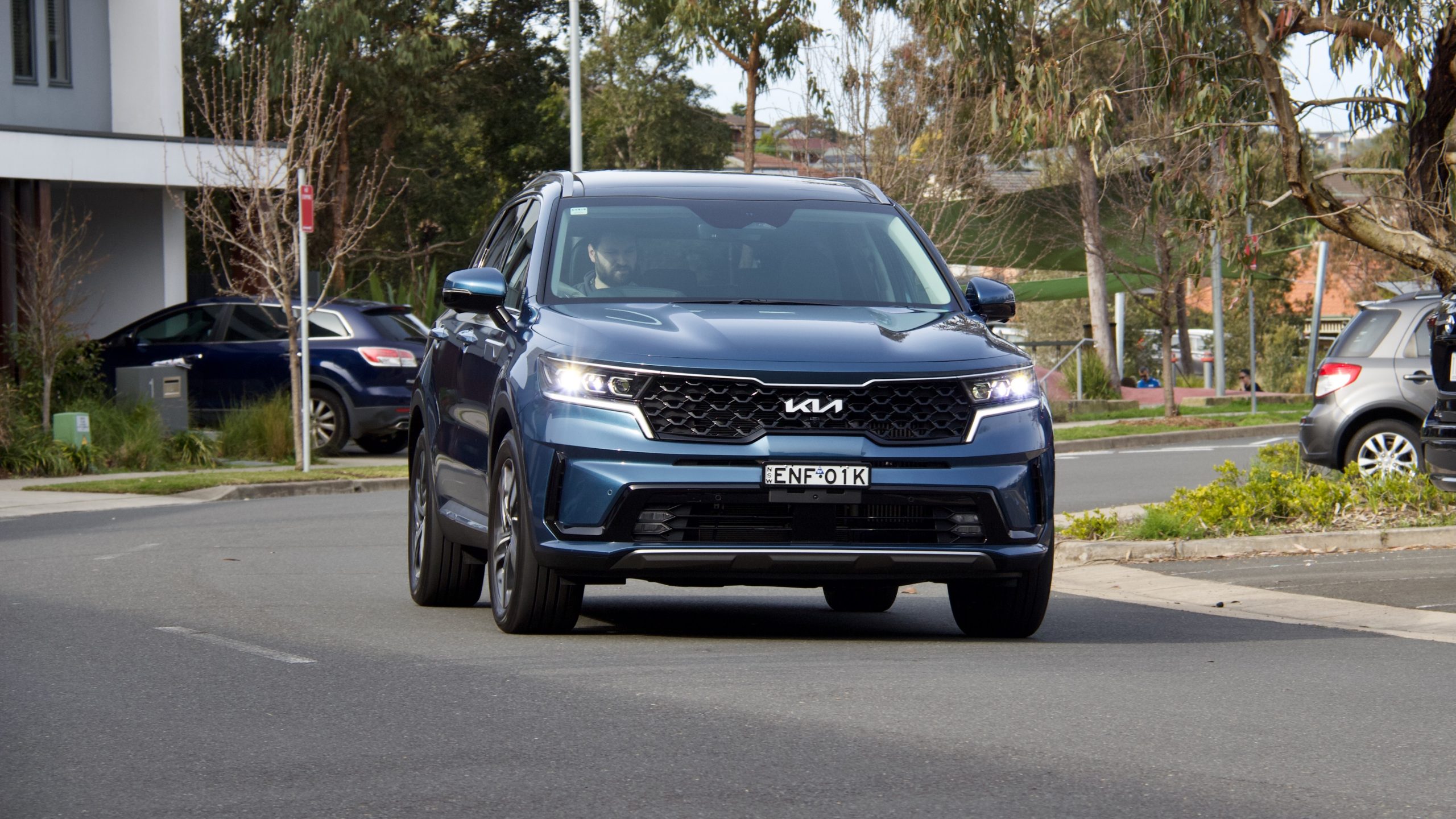
Rival Toyota only launched its current generation Kluger in 2021, yet it’s already seeing RAV4-like levels of hybrid sales. Clearly, people want hybrid SUVs and they want them now. Enter the Sorento – a car we already very much like – as a new hybrid seven-seat SUV option and Toyota hybrid buyers suddenly have something they’ve not had before: choice. But should you choose the Sorento instead? Let’s find out.
Price & Equipment: 8/10
The all-wheel drive 2022 Kia Sorento Hybrid GT-Line that we tested sits below only the plug-in hybrid in the 11-strong local Sorento lineup. It’s priced at $69,750 plus on-road costs (or around $76,000 drive away, depending on location). If you don’t need all-wheel drive, the front-wheel drive Sorento Hybrid GT-Line is $3,000 less expensive at $66,750 +ORC.
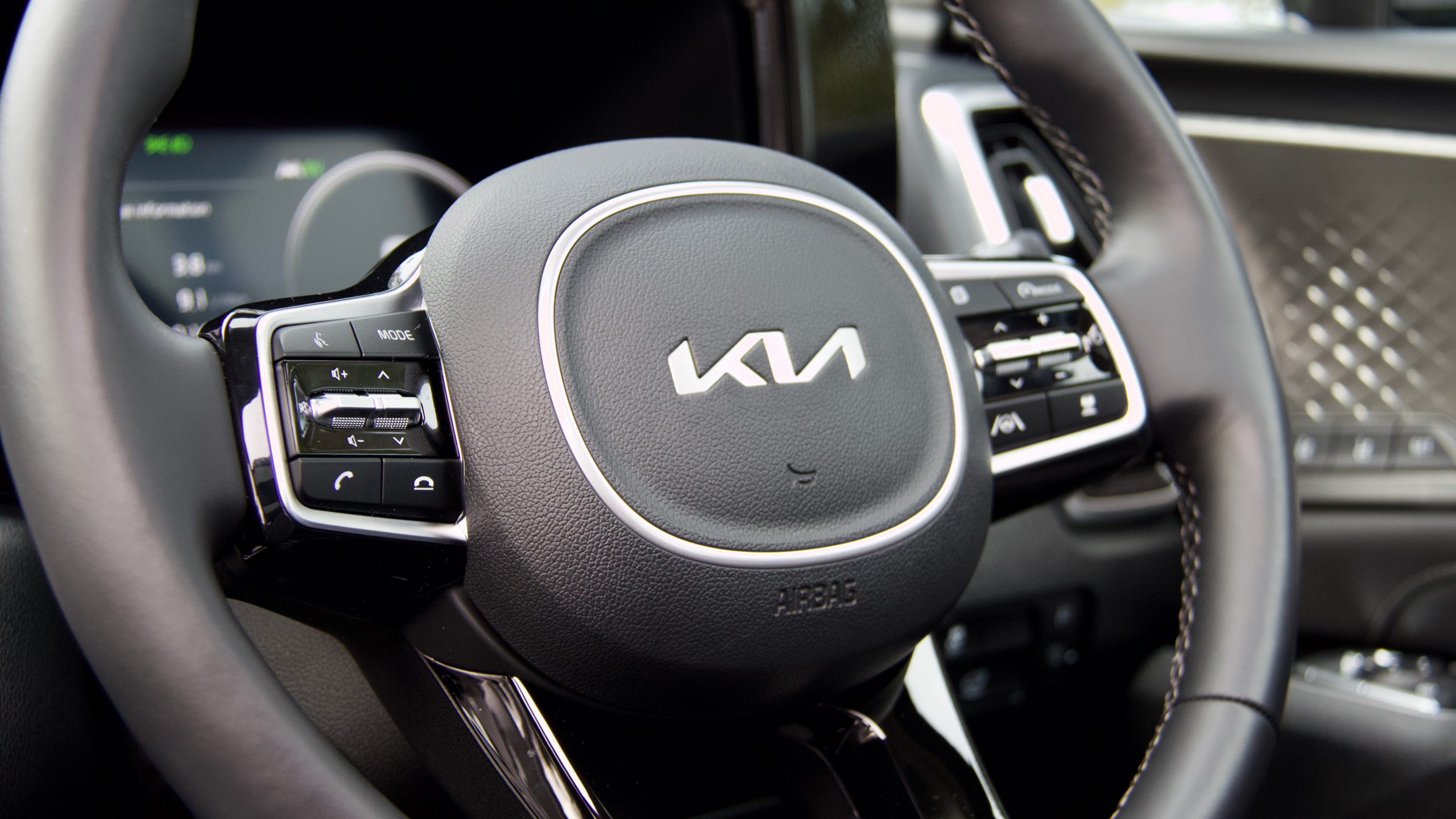
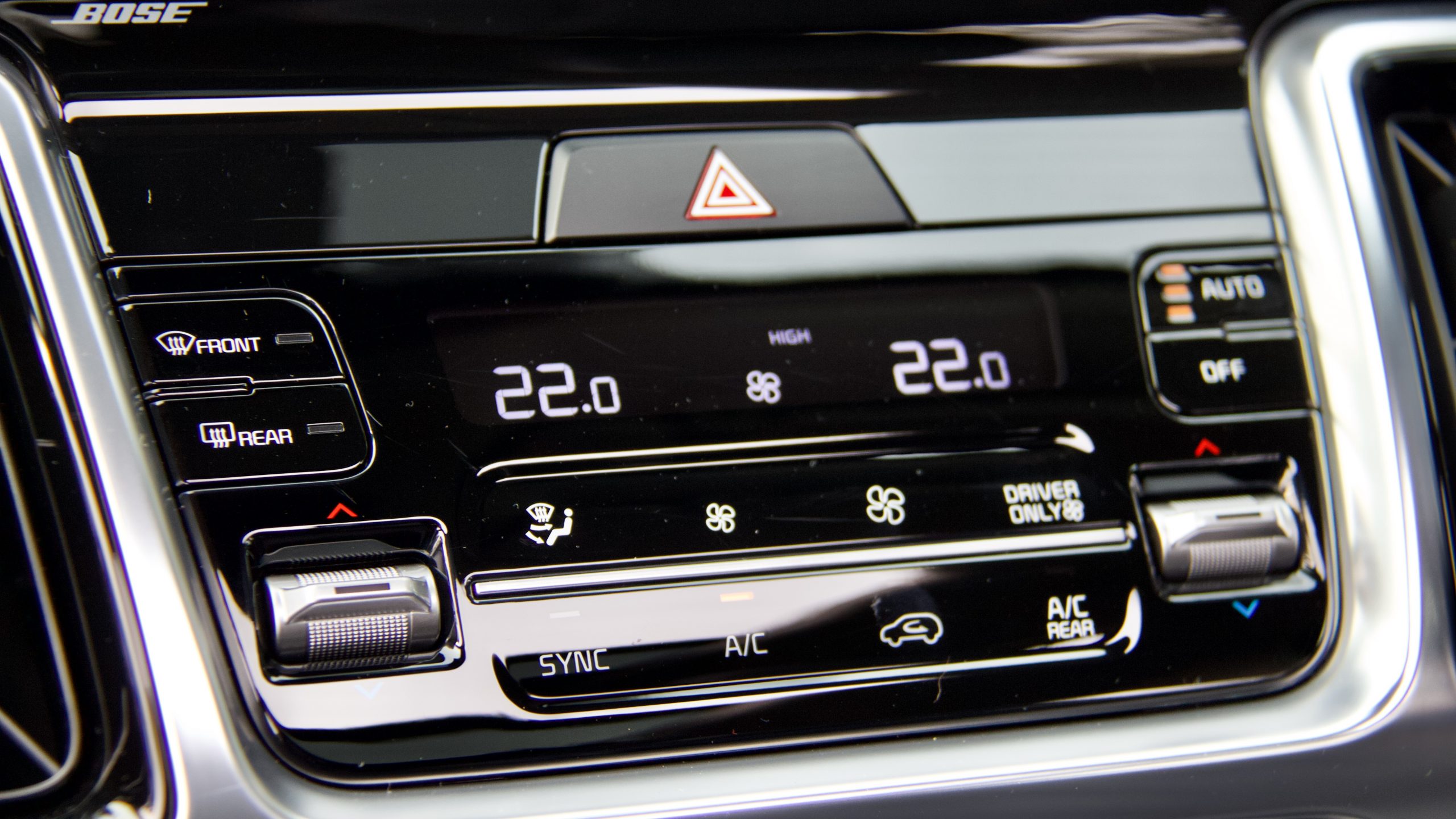
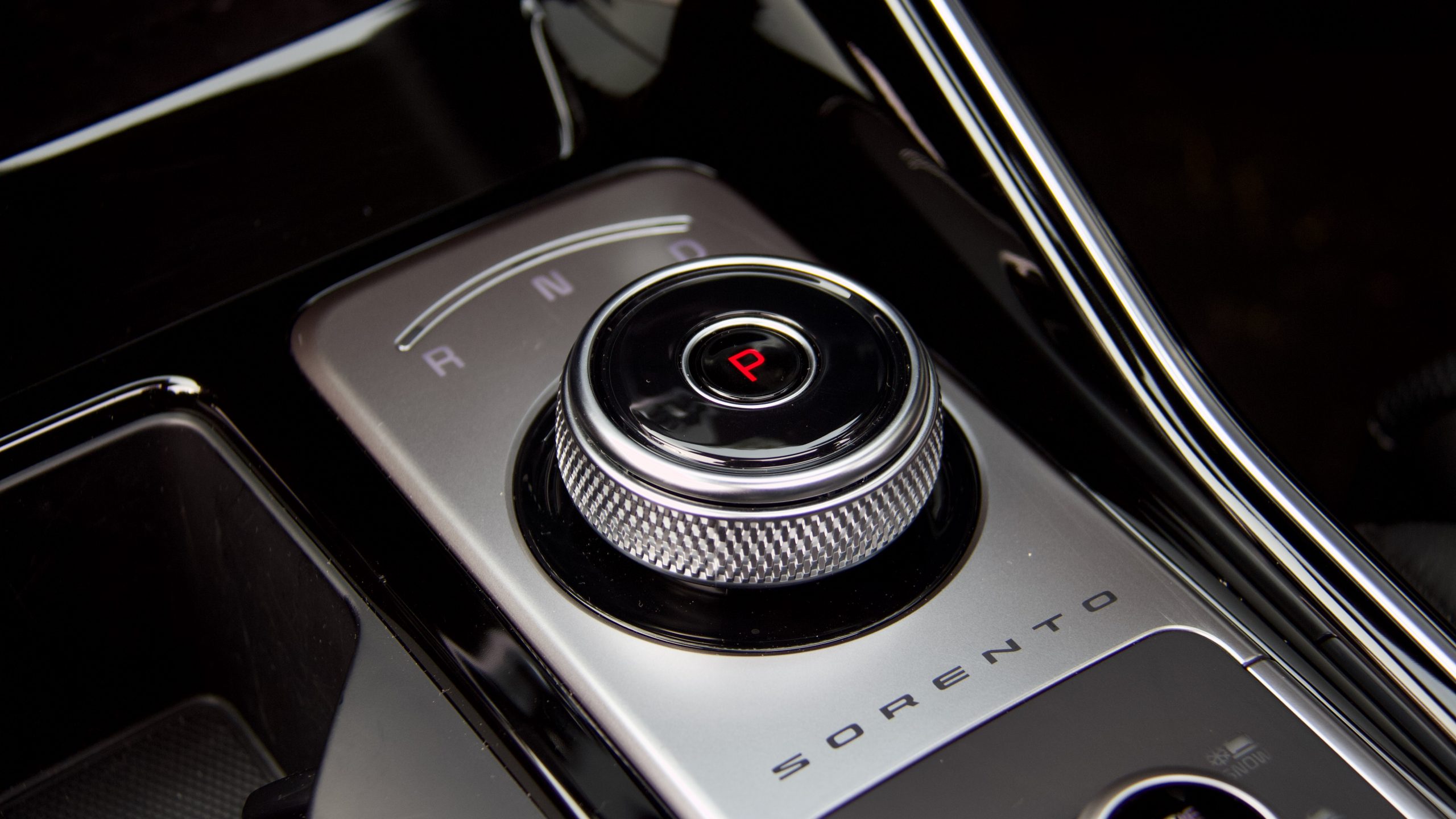
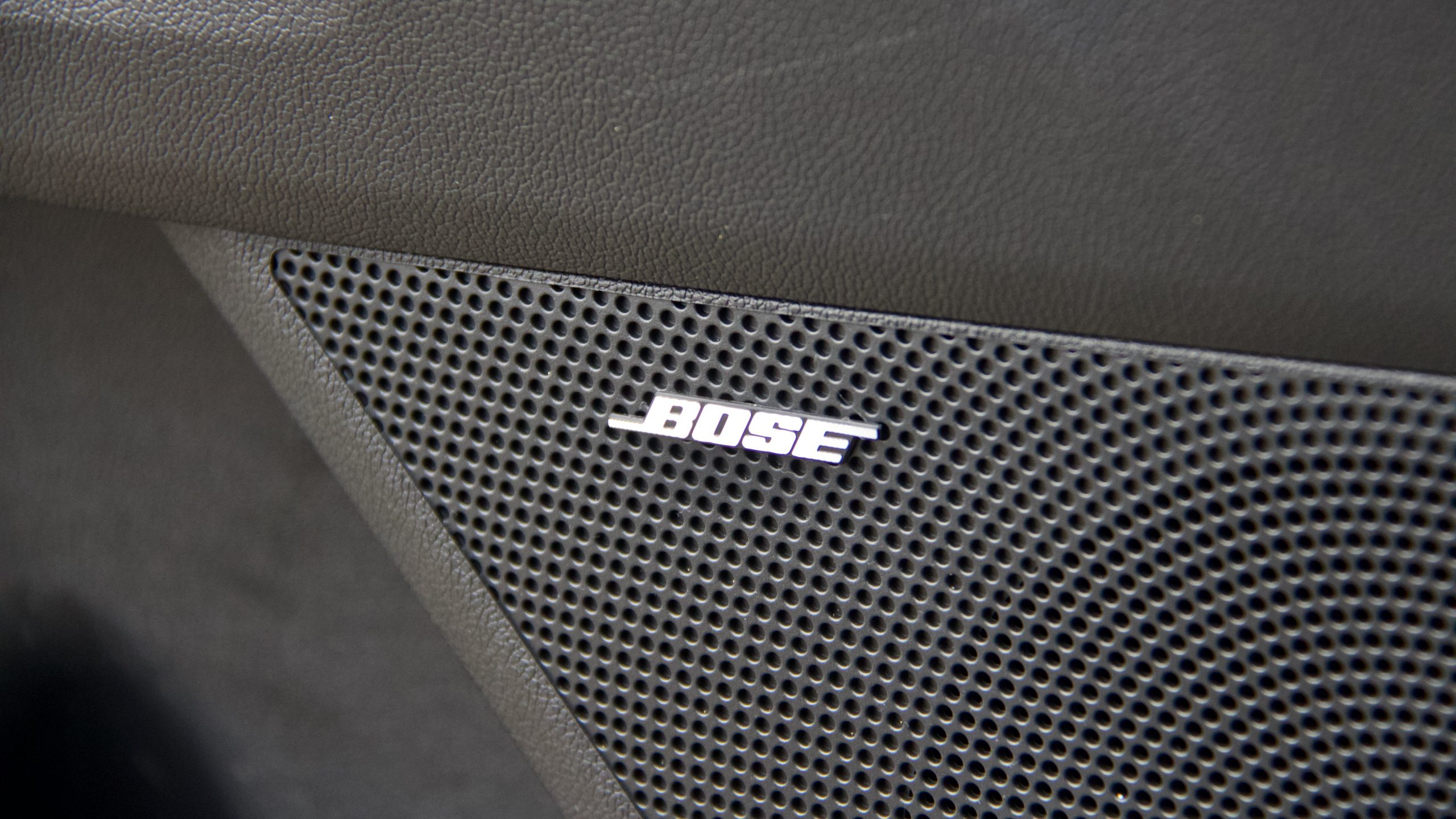
Standard equipment on the Hybrid GT-Line is largely identical to the petrol and diesel GT-Line, save for one-inch smaller wheels at 19s. Other equipment includes automatic all-LED lighting with auto wipers, a panoramic sunroof, roof rails, Nappa leather upholstery with heated and cooled front seats, electric adjustment for the front seats (14-way with memory for the driver and 10-way for the passenger), a heated steering wheel, dual-zone climate control with rear fan speed control, heated outboard middle seats, rear privacy glass, keyless entry and start with an electric tailgate, remote start, heated and auto-folding mirrors that drop in reverse gear, 64-colour LED interior ambient lighting, a 10.25-inch touchscreen with wired Apple CarPlay and Android Auto, satellite navigation with live traffic, digital radio, a 12.3-inch digital driver’s display and a 12-speaker Bose sound system.
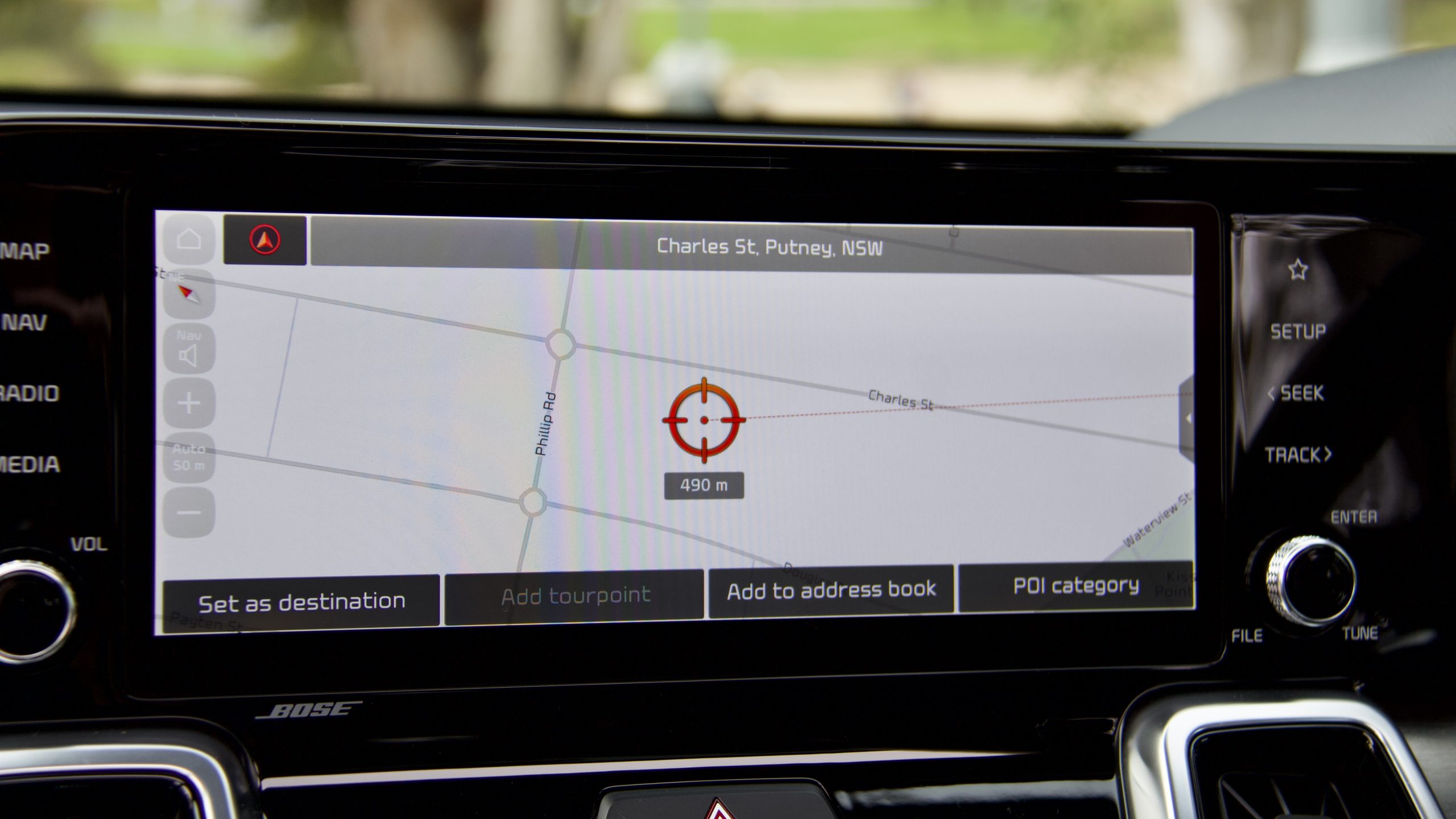
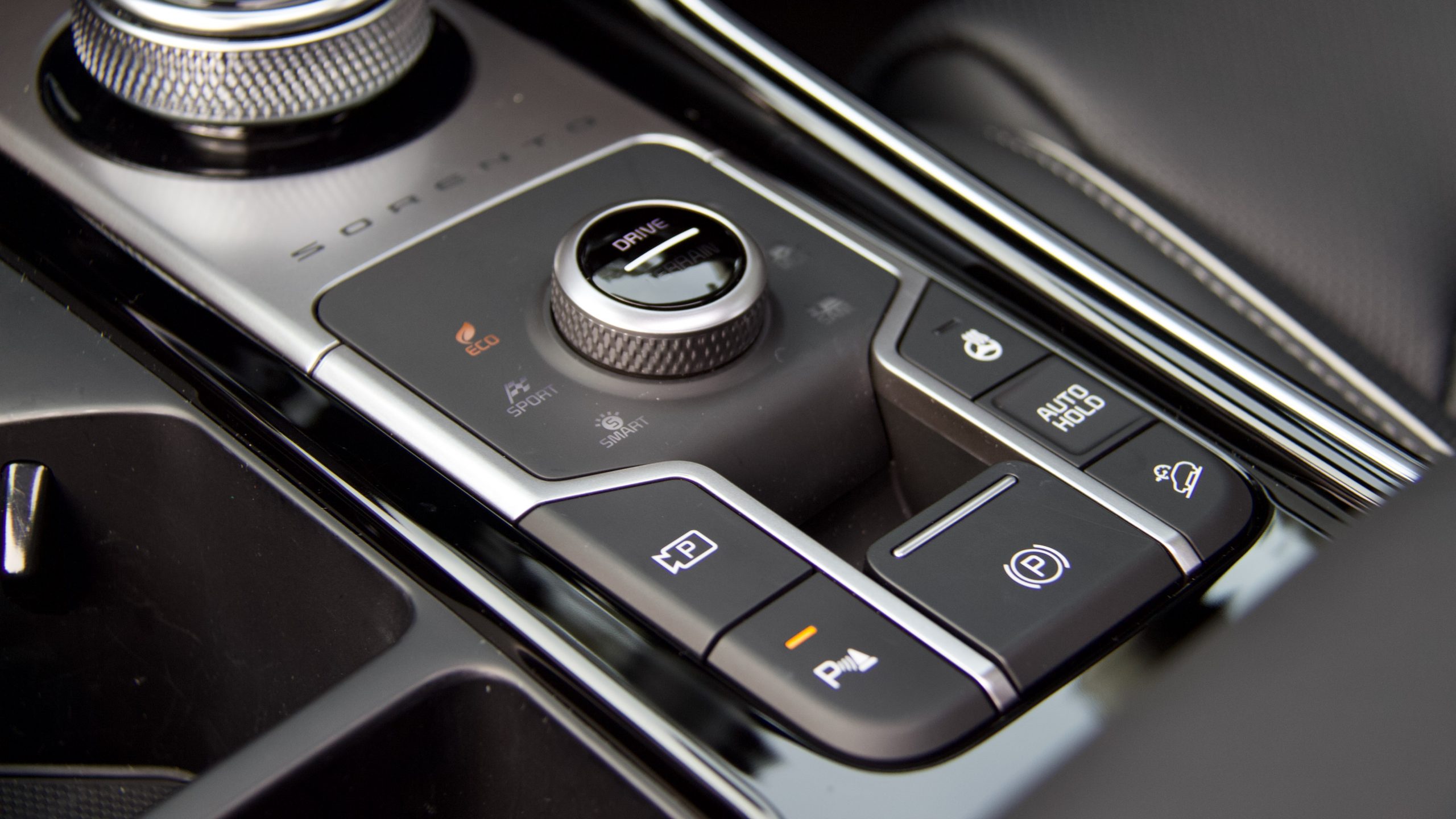
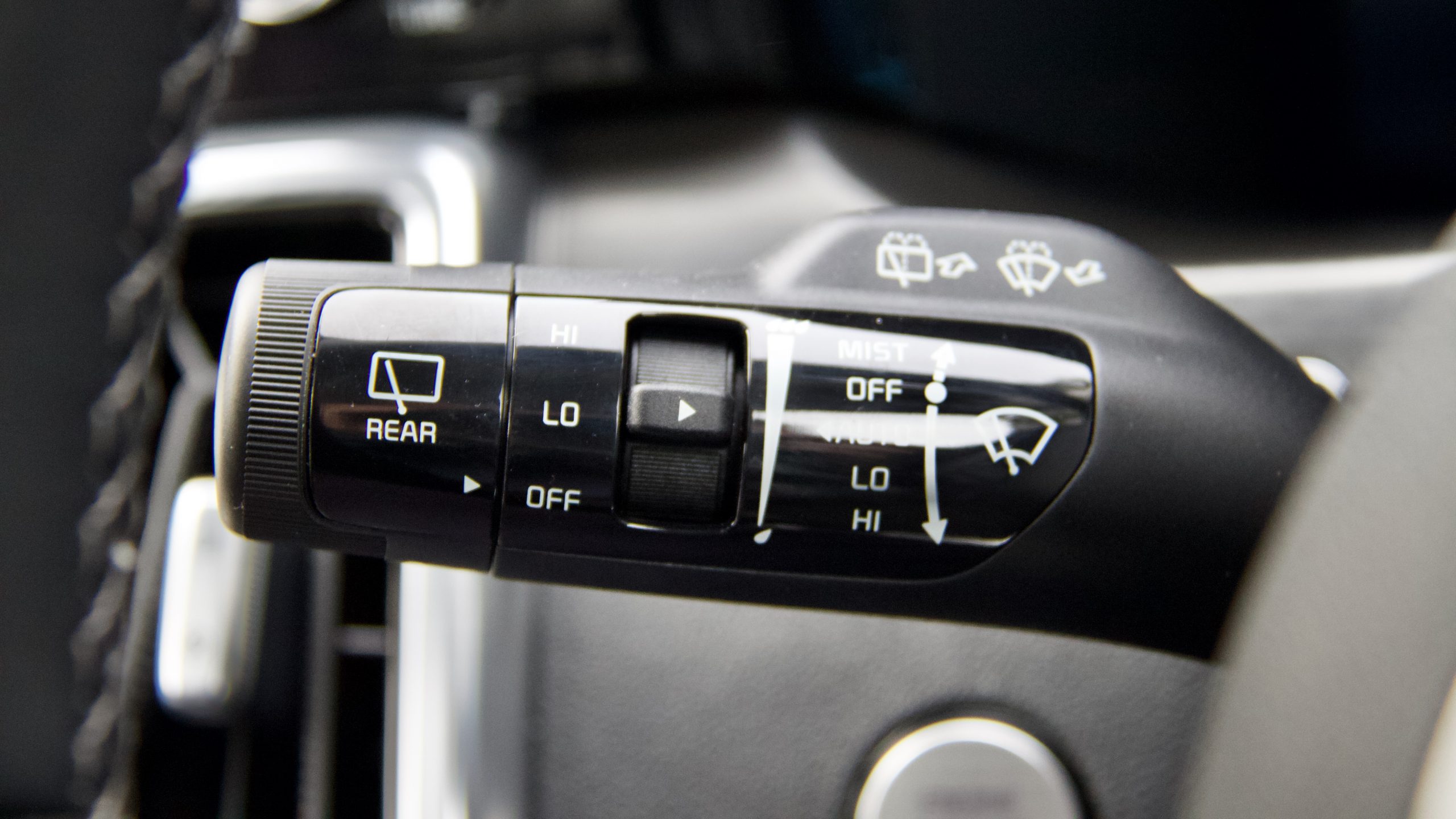
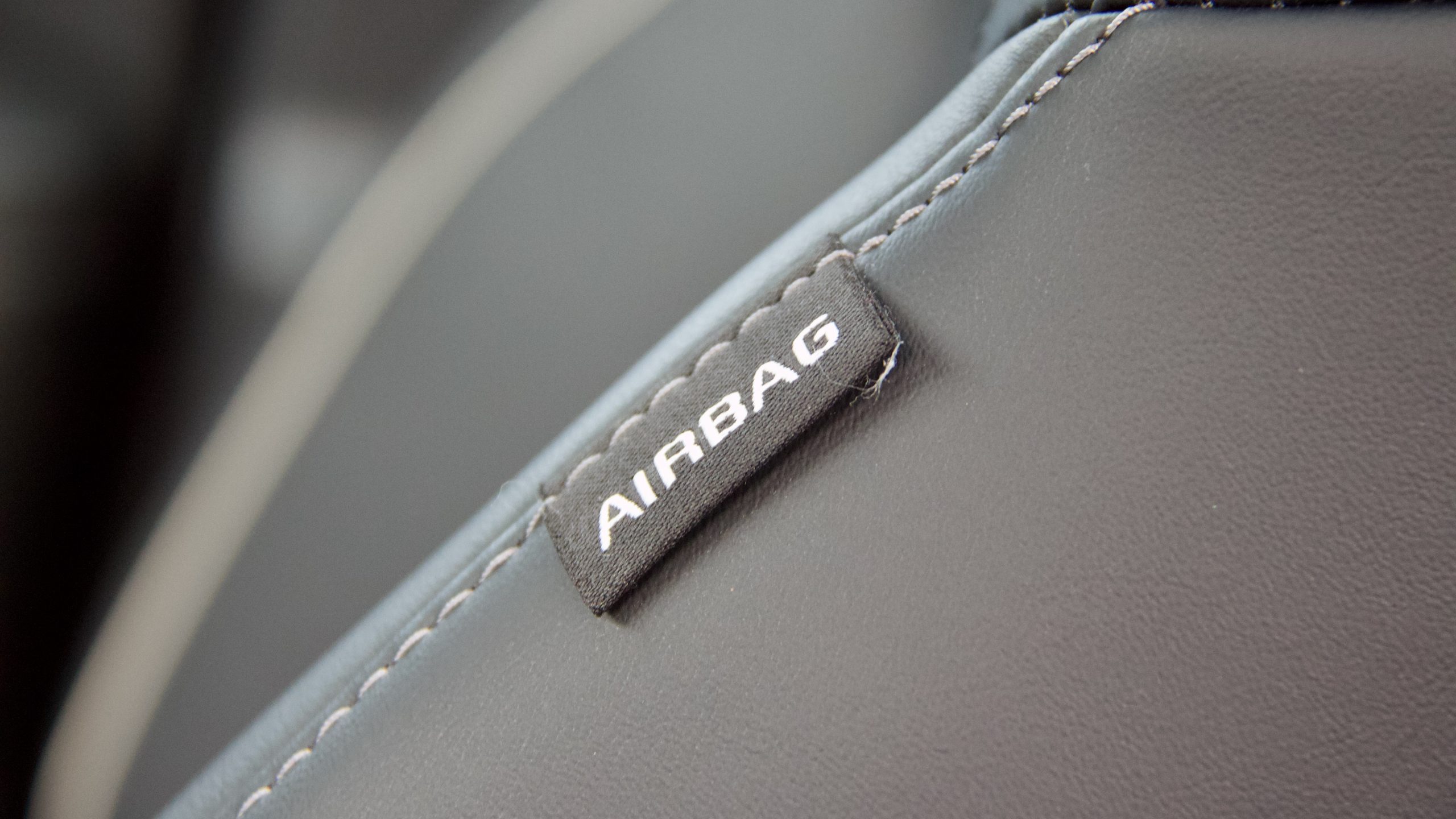
Safety kit includes auto emergency braking (AEB) with pedestrian, cyclist and intersection assist, seven airbags (including a front centre unit), rear auto braking, lane keep assist with lane trace assist, blind-spot monitoring with rear cross-traffic alert (both with braking), a blind-spot camera feed for the driver, driver attention monitoring, speed sign recognition, rear occupant alert, safe exit assist, auto high beam, a heads-up display, front and rear parking sensors and a 360-degree parking camera. The Sorento range has a five-star ANCAP safety rating from 2020.
Colour options include the no-cost ‘Clear White’, as well as the $695-extra ‘Snow White Pearl’, ‘Gravity Blue’, ‘Silky Silver’, ‘Steel Grey’, ‘Aurora Black’ and our test car’s ‘Mineral Blue’. Black is the sole interior colour option across the Sorento range in Australia.
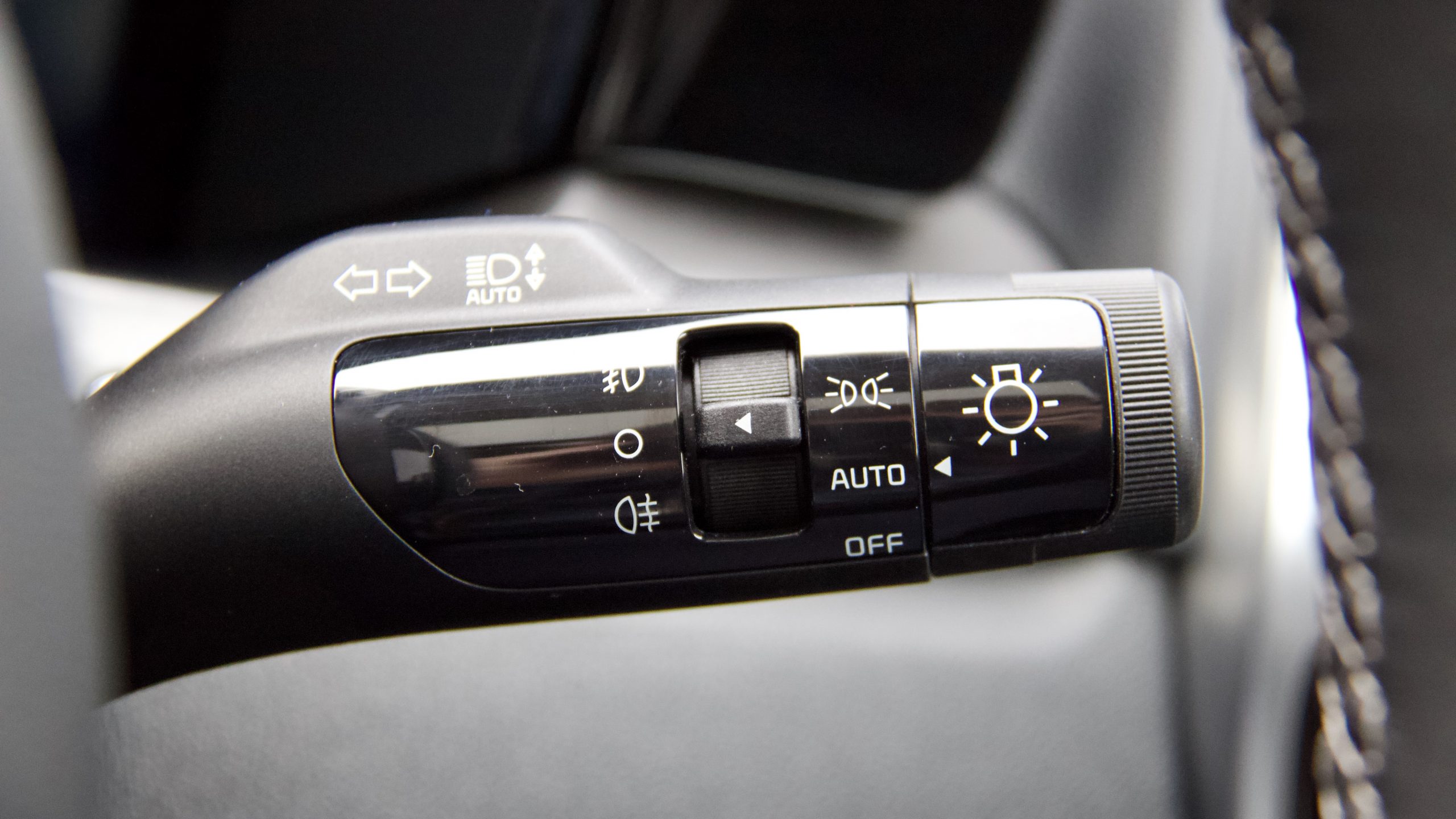
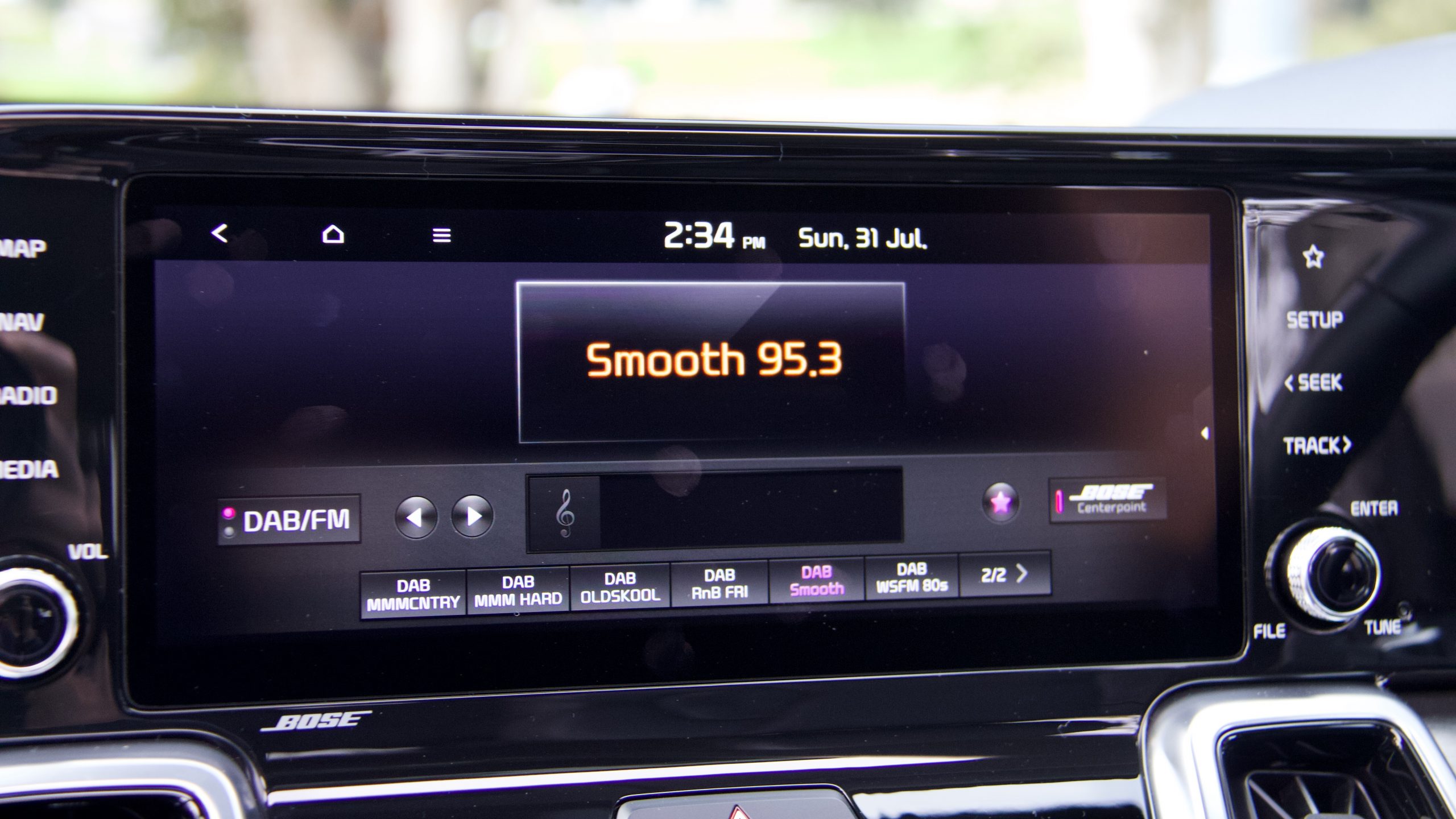
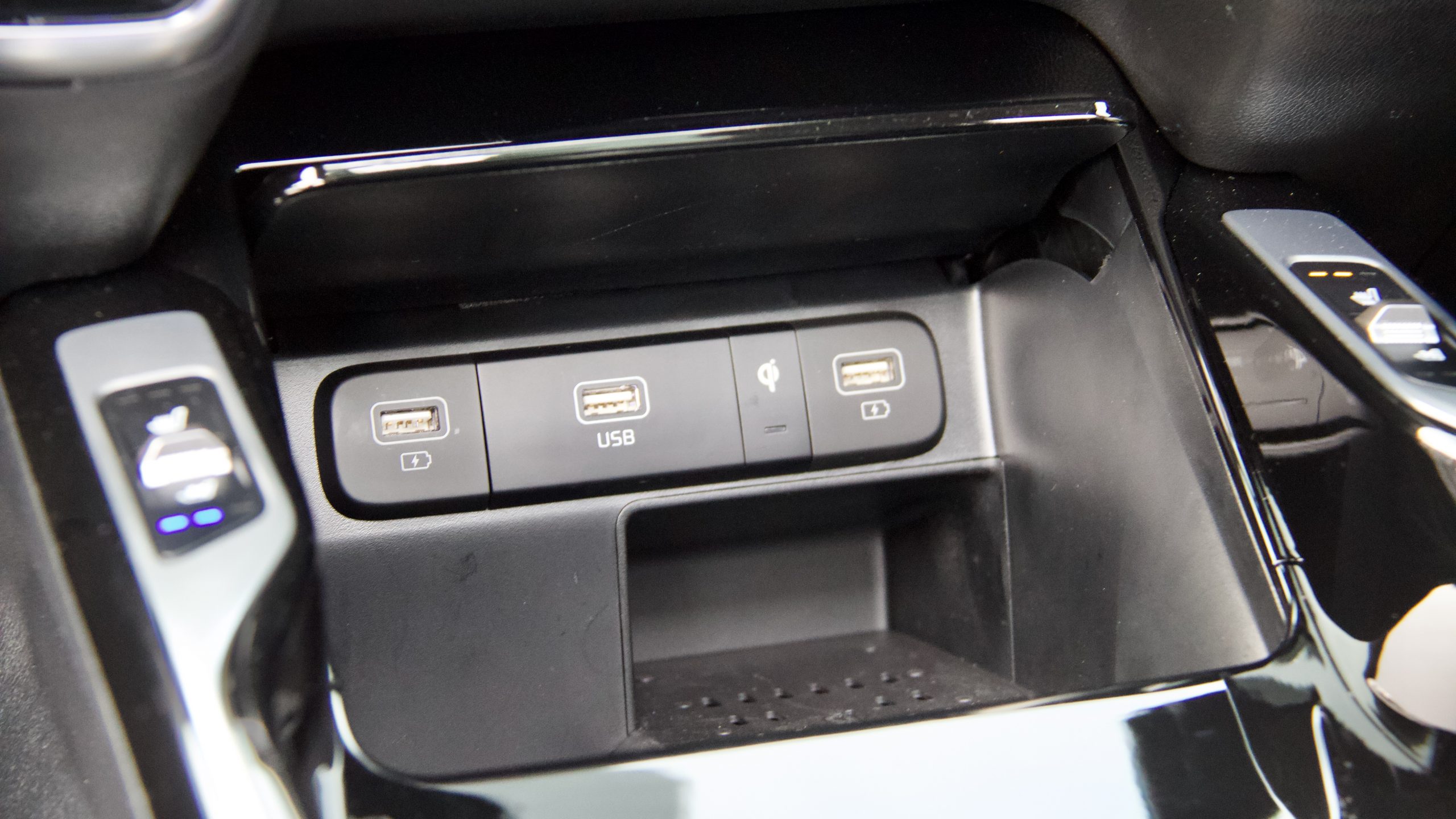
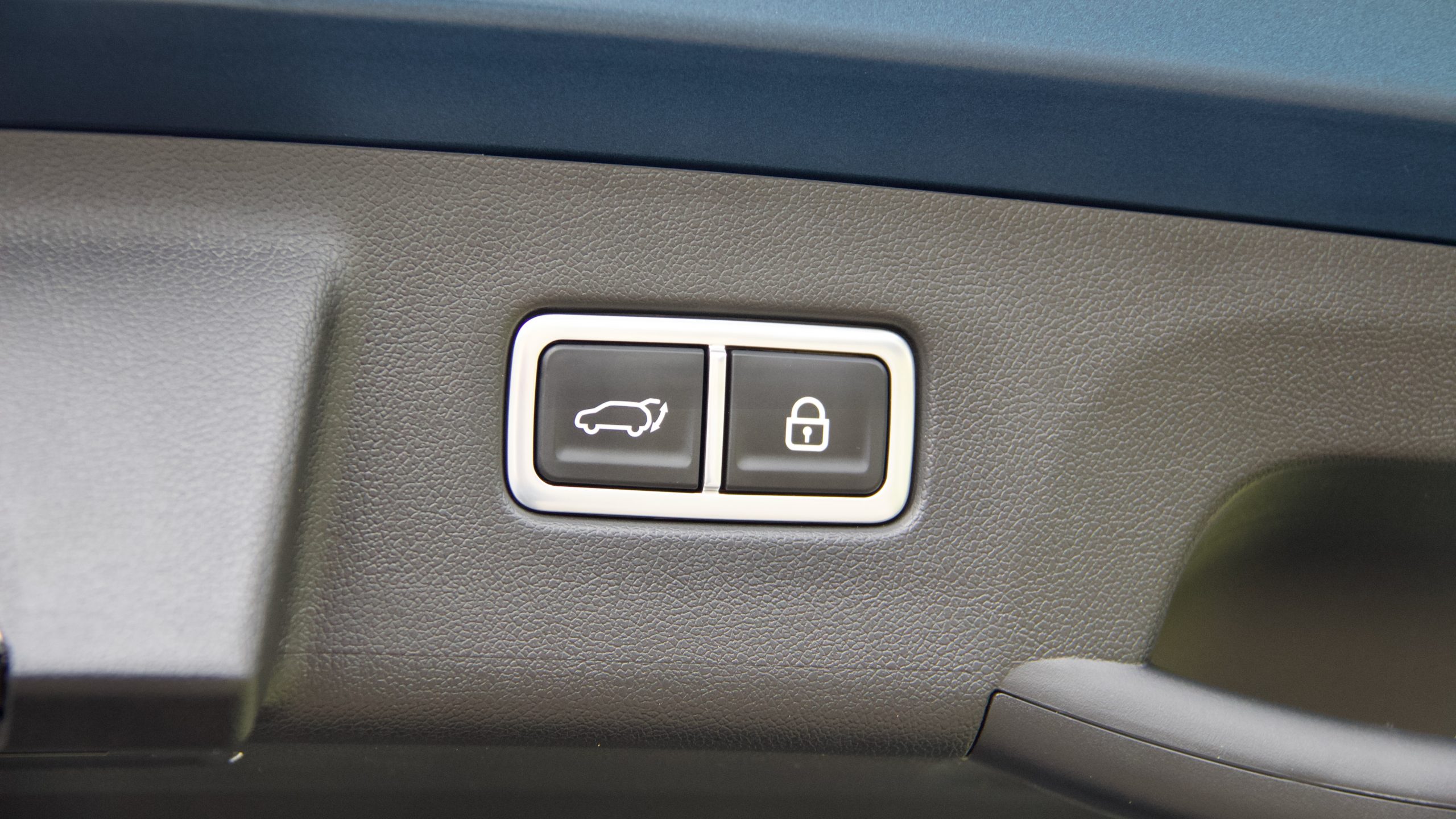
For now, there are only two rivals for the Sorento Hybrid GT-Line: the slightly larger Toyota Kluger Grande Hybrid ($78,160 +ORC or around $84,000 drive away) and the Hyundai Santa Fe Hybrid Highlander ($69,550 +ORC or around $76,000 drive away), which is the Sorento’s twin and uses the same drivetrain as the Sorento.
Compared to the Kluger, the Sorento is a full $8,000 less expensive, yet it’s also mostly better equipped – it has Nappa leather to the Kluger’s standard leather upholstery, heated middle row seats, automatic rear braking and a wider range of front seat electric adjustment. The Kluger does feature an extra zone of climate control and full airbag third row coverage, however. The Santa Fe is largely identically equipped to the Kia – it costs $200 less but the Sorento has two more speakers from its Bose system (the Hyundai has a Harman Kardon unit).
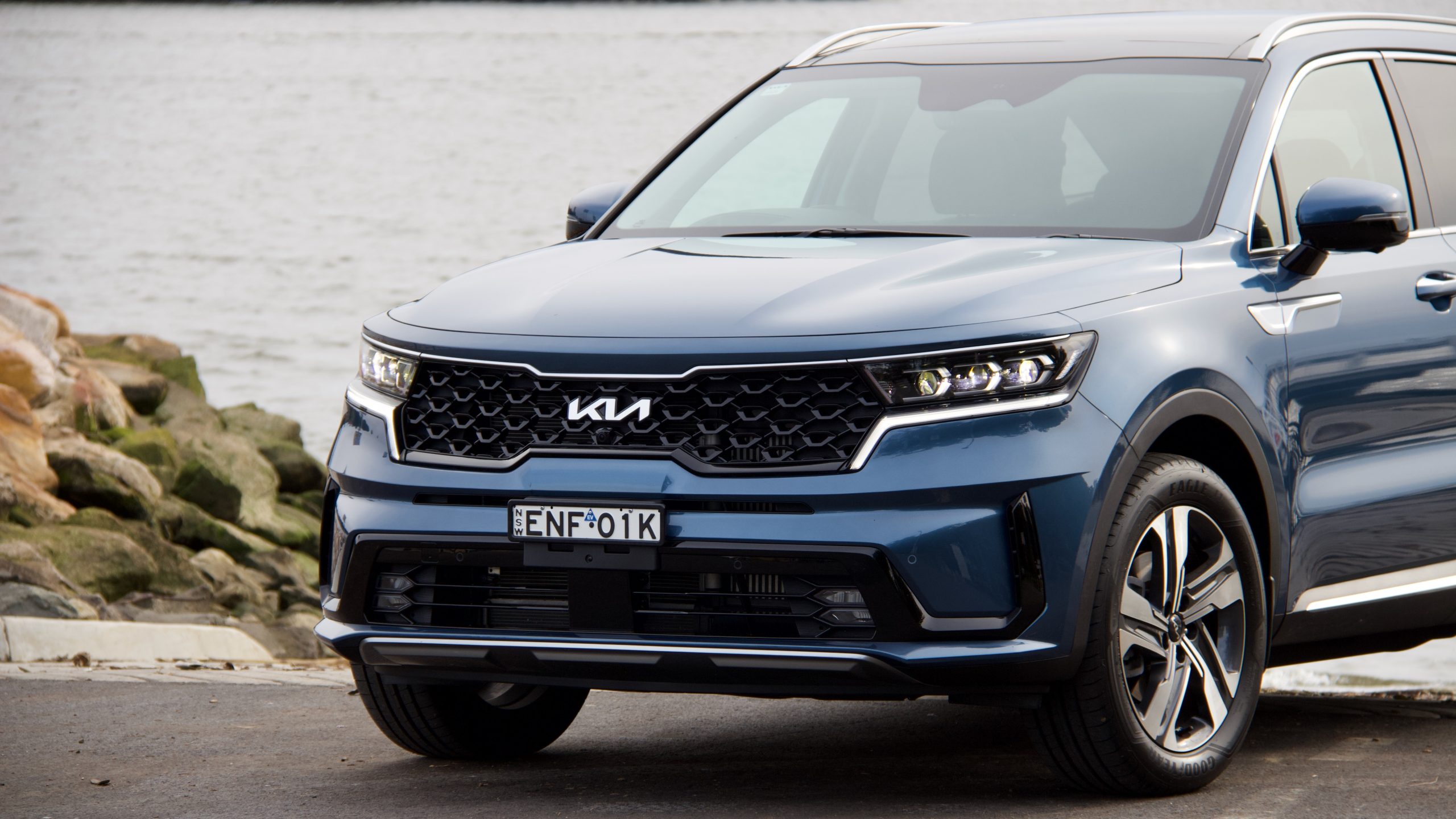
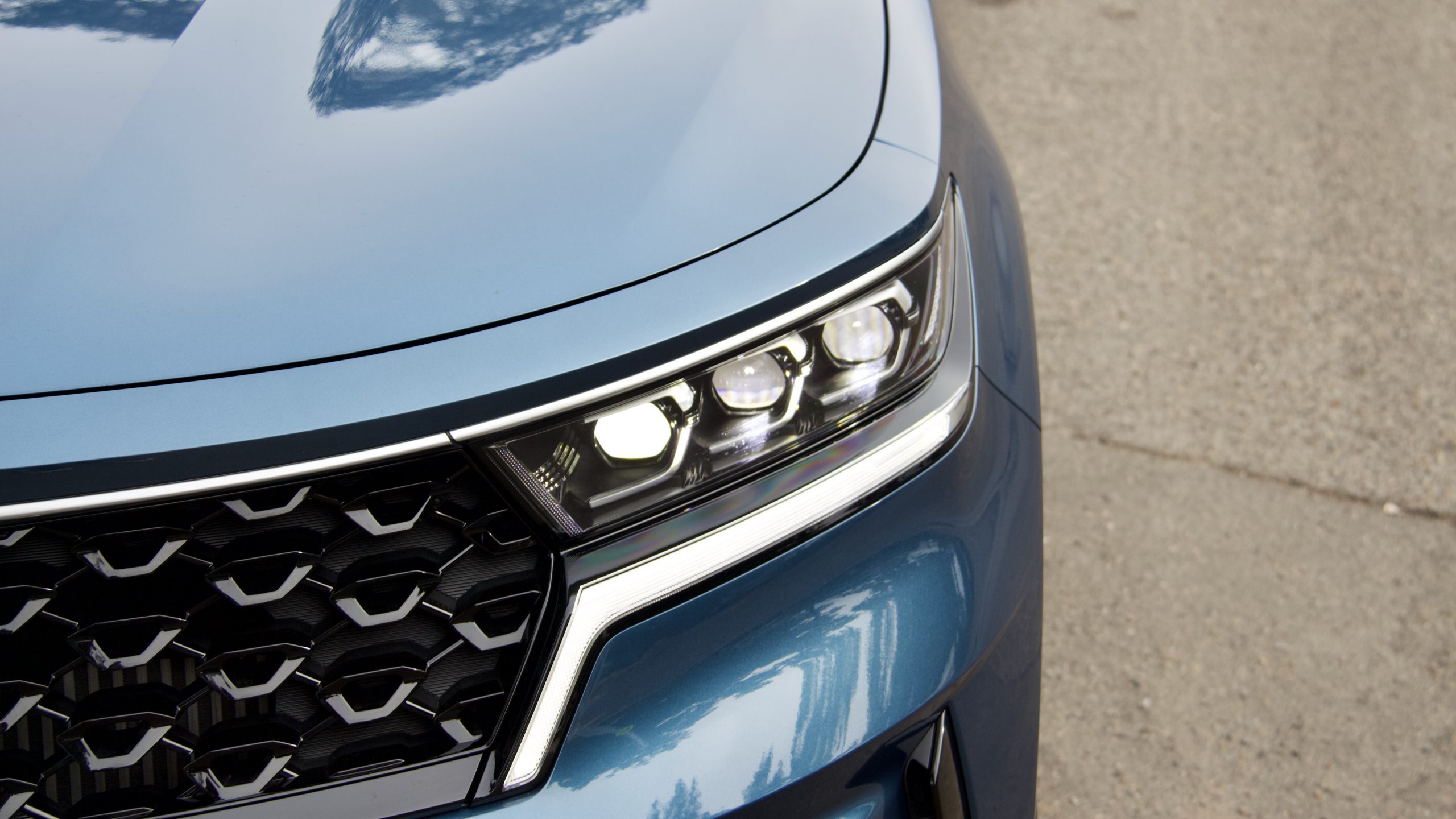
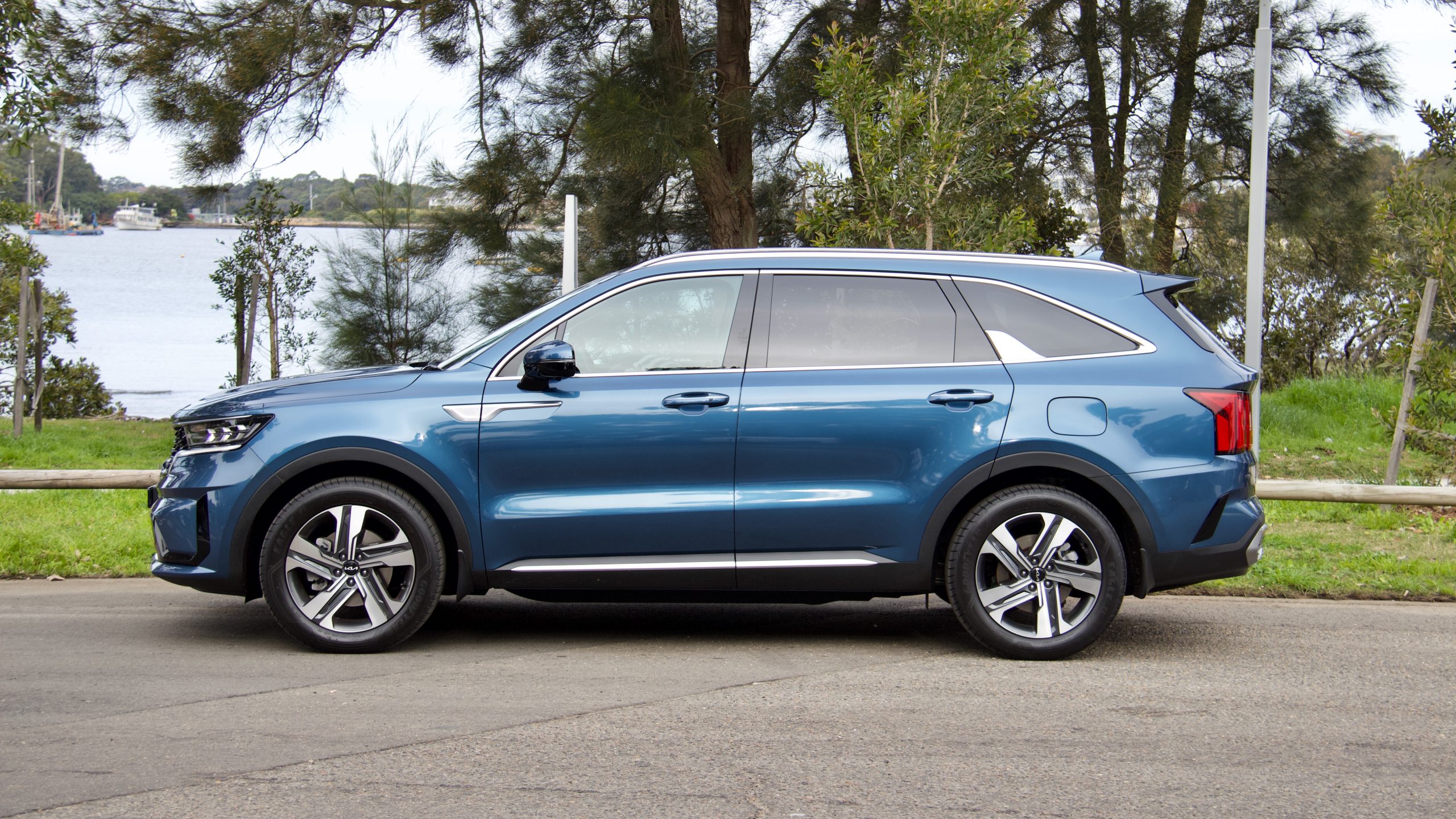
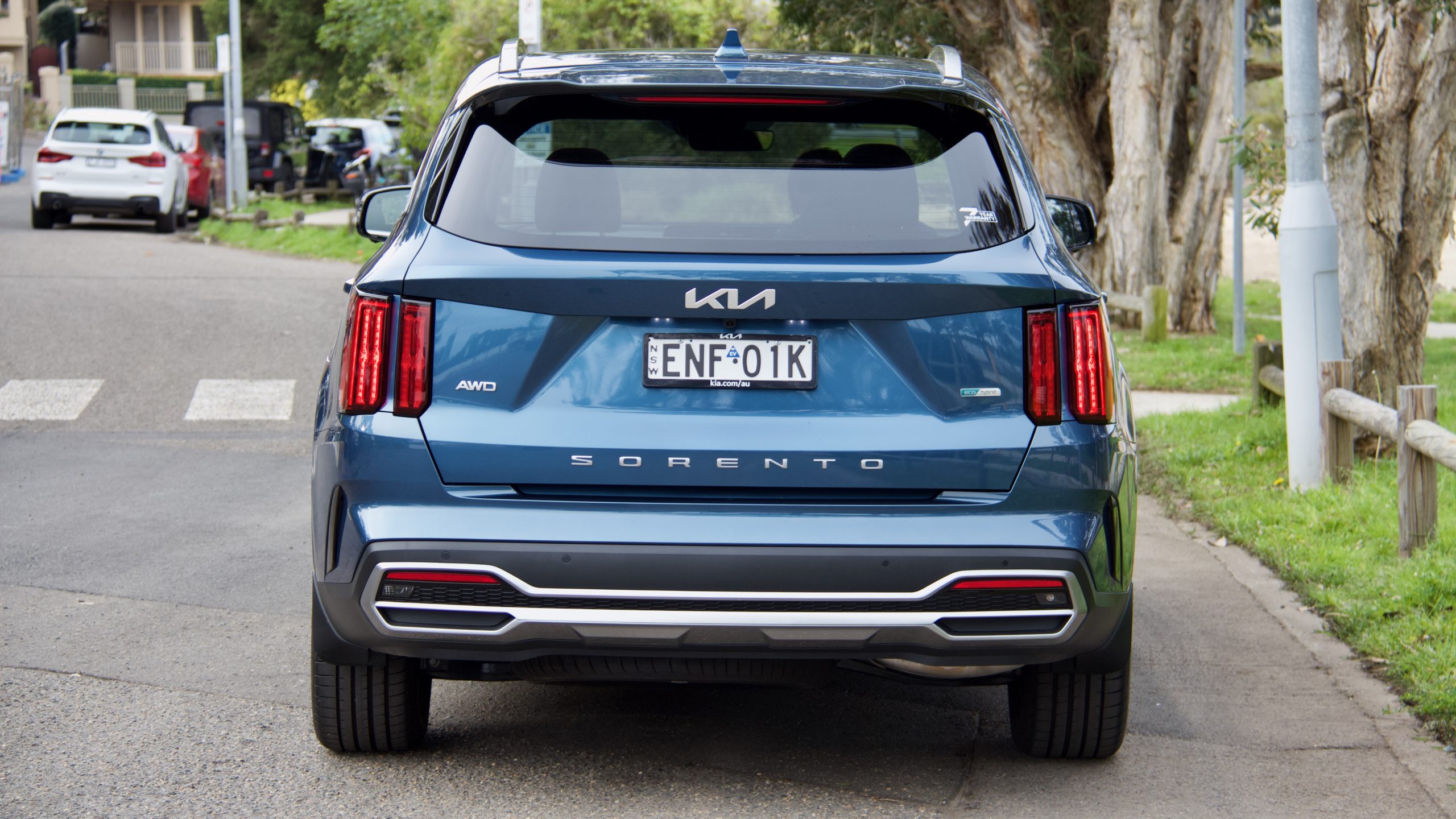
While the Sorento Hybrid GT-Line is good value compared to the Kluger Grande Hybrid, it costs around $7,000 more than the GT-Line diesel, which has more kit (20-inch wheels and smart park assist remote forward and reverse moving from the key), greater towing capacity and similar claimed efficiency: 6.1L/100km versus the hybrid’s 5.8L/100km claim.
Performance & Economy: 9/10
Under the bonnet of the 2022 Kia Sorento Hybrid GT-Line is a 132kW/265Nm 1.6-litre four-cylinder turbo-petrol engine that’s assisted by a 44kW/264Nm electric motor that’s located in between the engine and gearbox. The electric motor draws power from a 1.0kWh battery, and the combined outputs are a healthy 169kW of power and 350Nm of torque. Unlike Toyota hybrids and their e-CVT automatic transmissions, the Sorento uses a six-speed torque converter automatic.
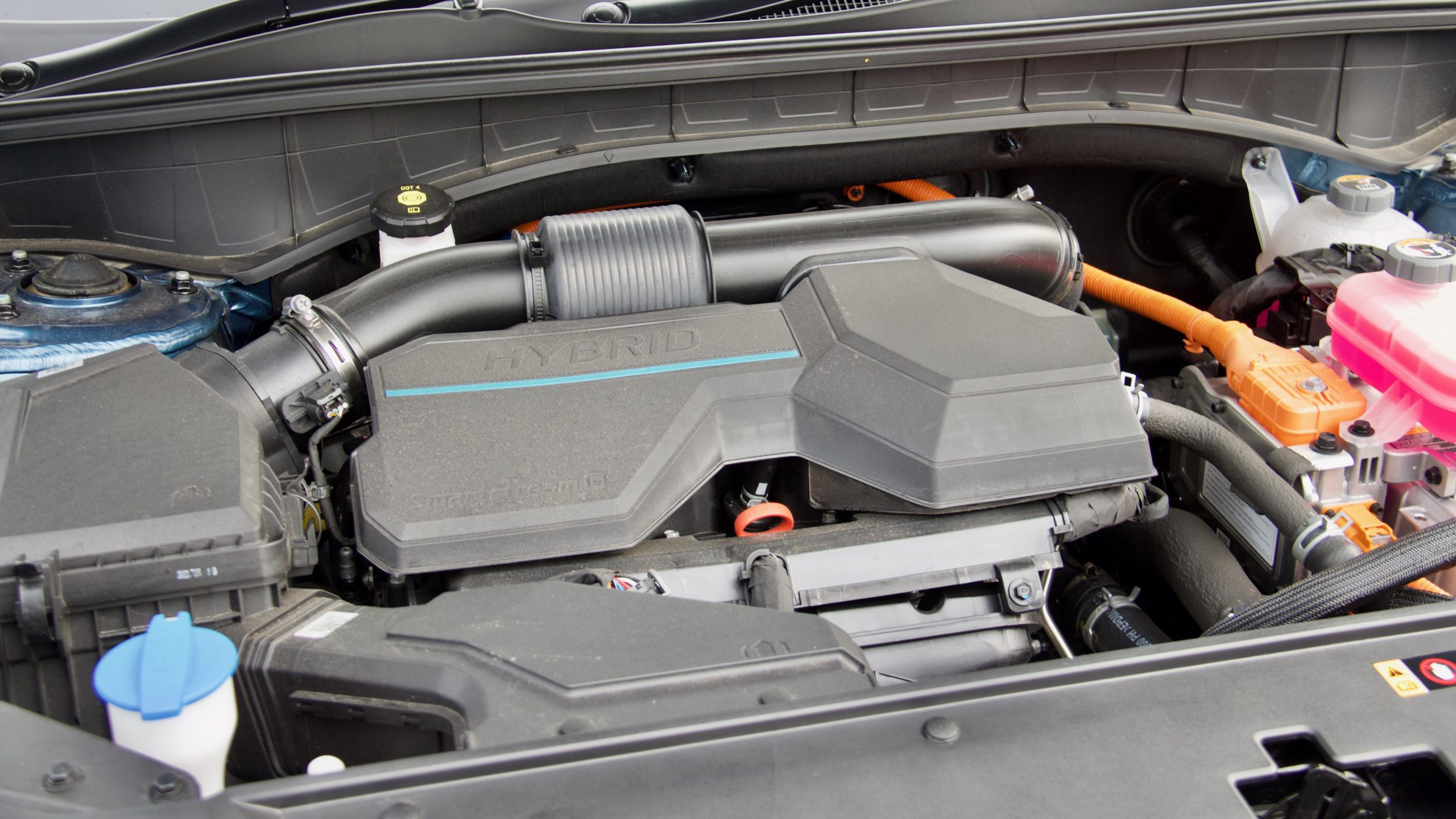
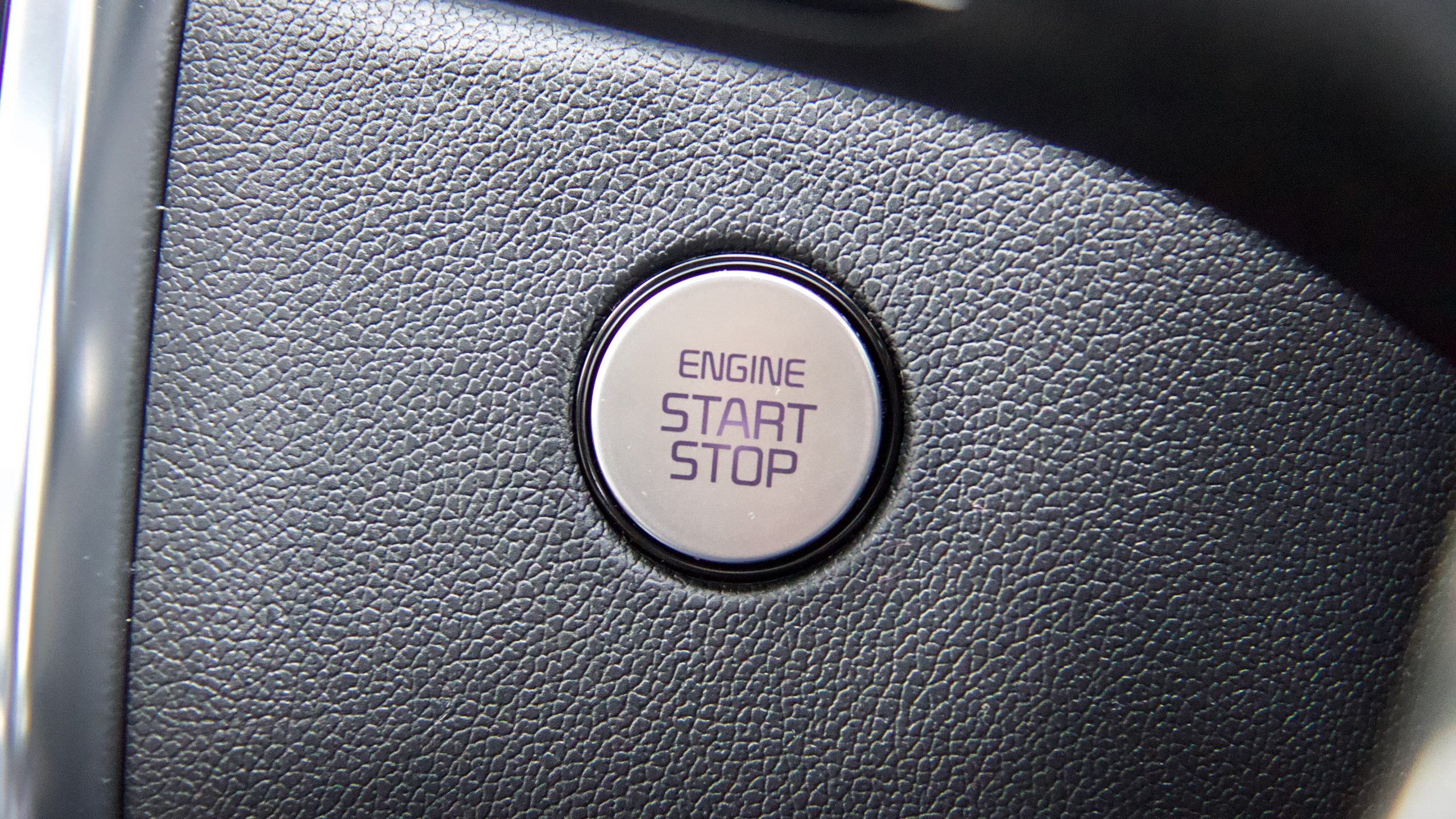
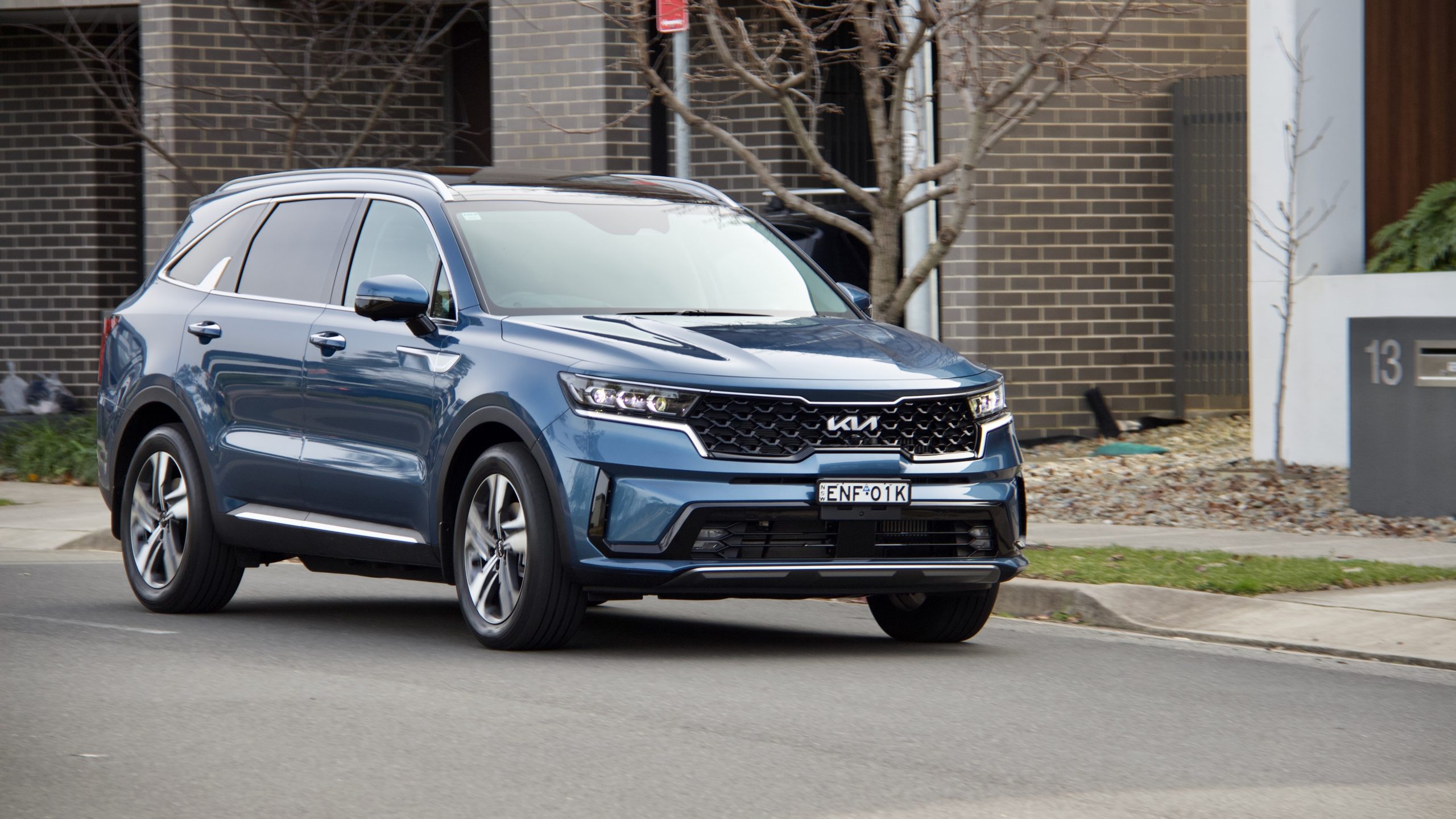
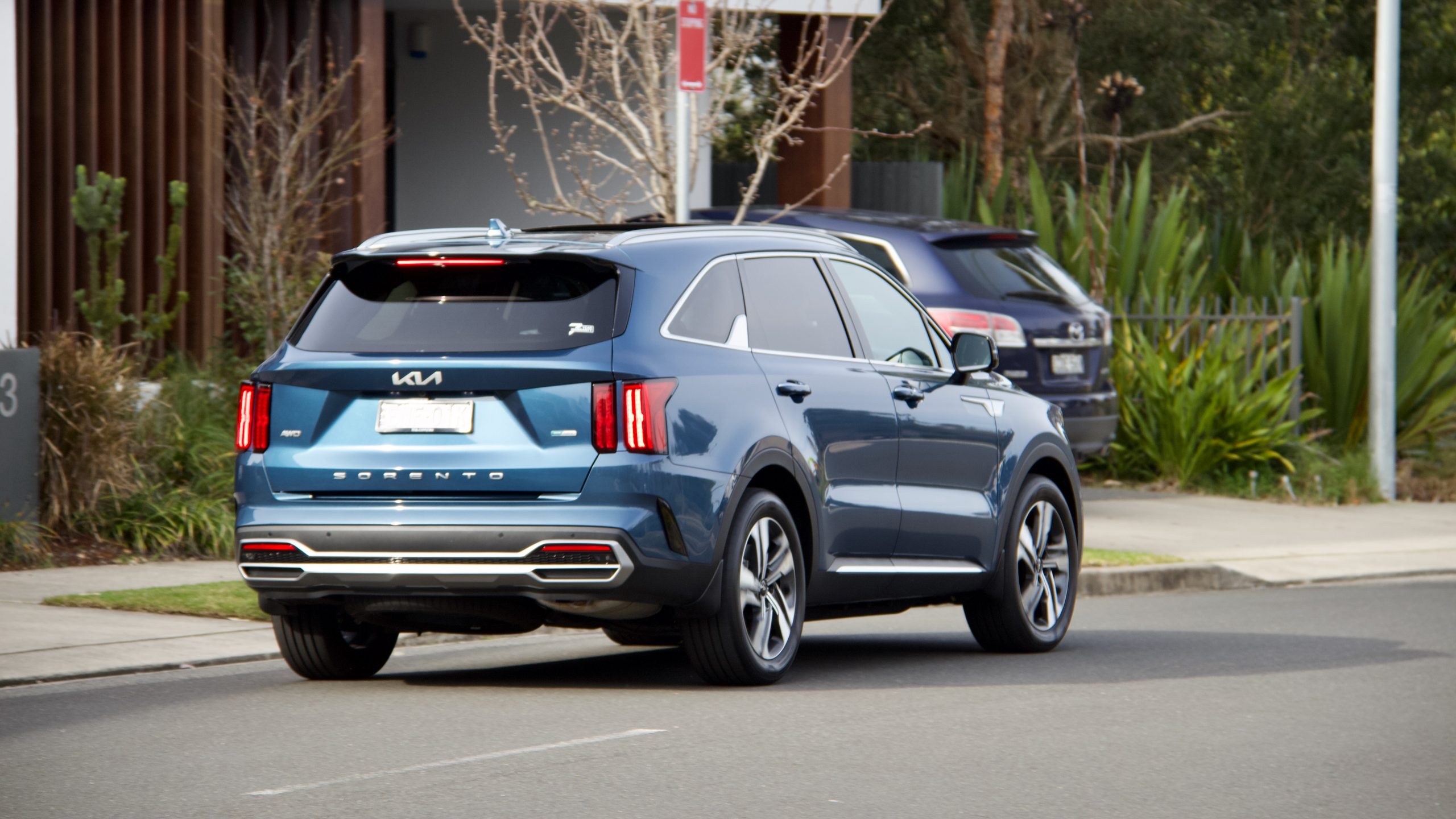
Overall, the Sorento’s hybrid system isn’t quite as smooth as the one used in the Kluger Hybrid, but Toyota does have a good almost-20 years of hybrid knowledge over its South Korean rivals. What makes it smoother is the transition from electric to petrol power, which is less noticeable in the Kluger – though the Sorento is still a smooth operator. While it doesn’t feel quite as smooth, the Kia’s system does feel more natural thanks to its six-speed automatic transmission, which is more dynamic than Toyota’s e-CVT.
Thanks to a combination of both turbocharged and electric low-end torque, the Sorento Hybrid GT-Line does feel quicker from a standstill than the Kluger Hybrid, which an almost instant layer of torque hitting just above 0 rpm. You can gently guide the Sorento on electric power alone up to around 30km/h depending on its battery level, which is less than the Kluger and there’s no dedicated EV mode in the Sorento either. But it’s still a largely excellent hybrid system – one we’re yet to test in the Santa Fe but considering it’s identical to the Kia’s, we’d suggest that our experience will be the same.
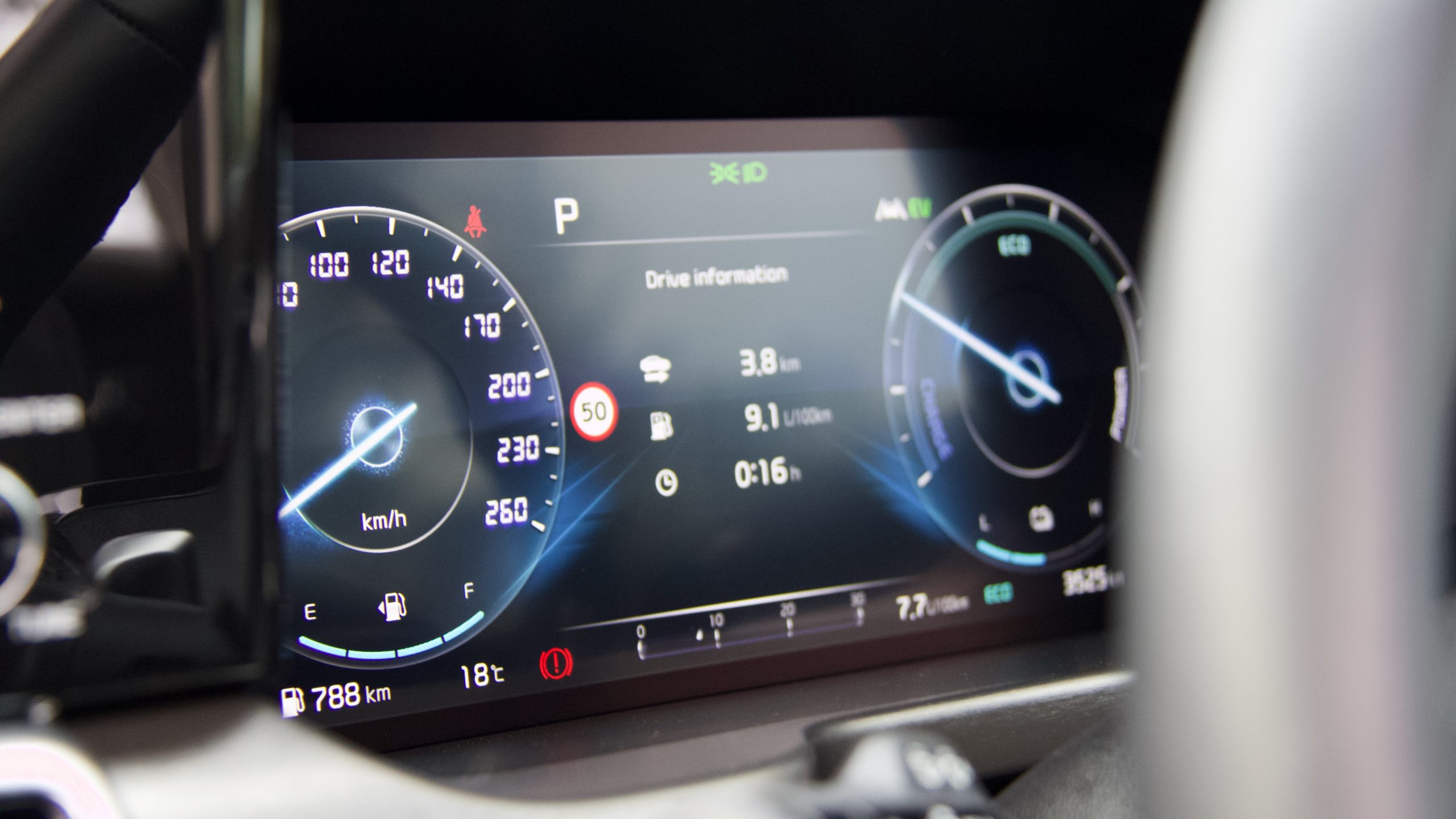

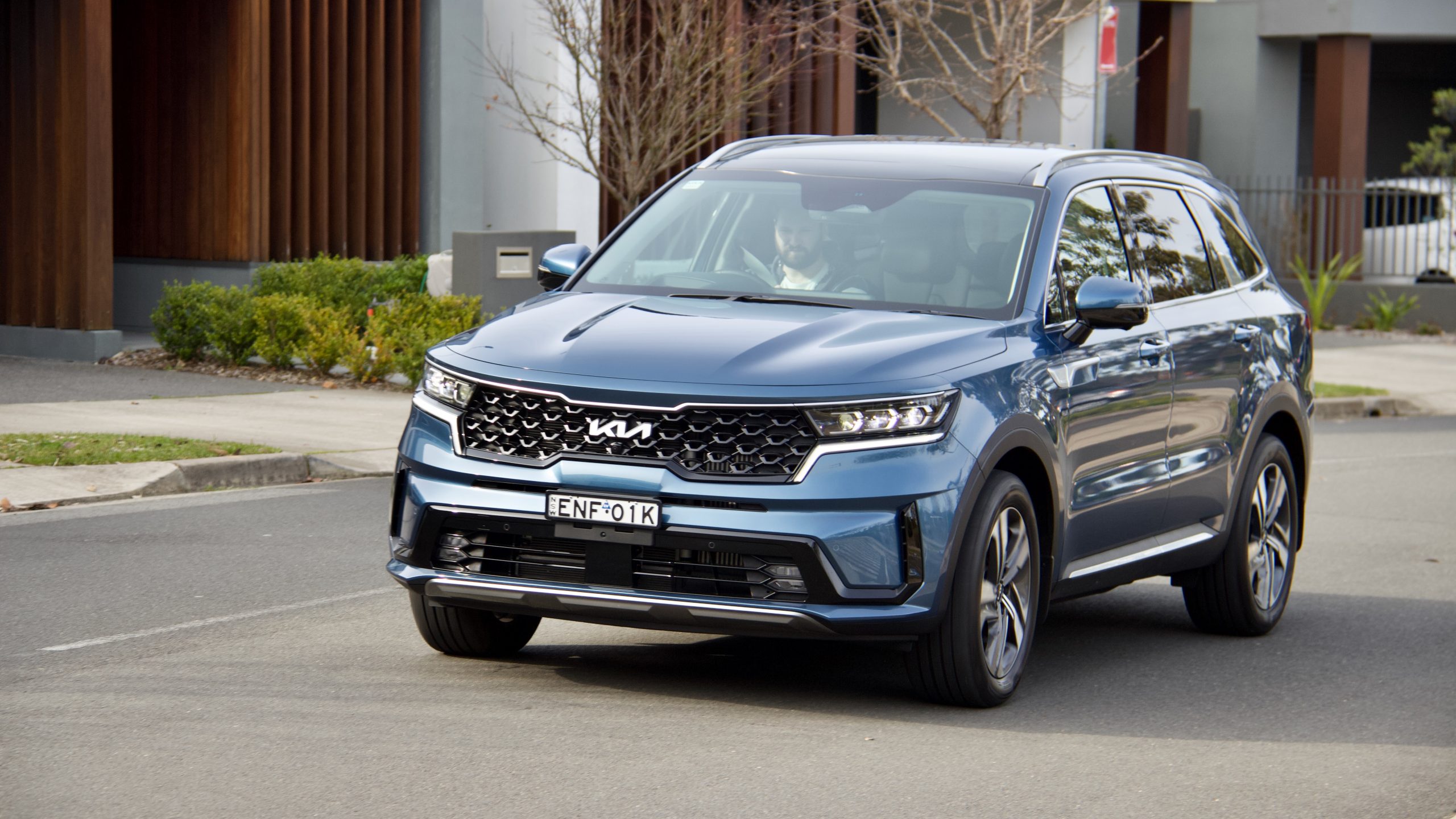
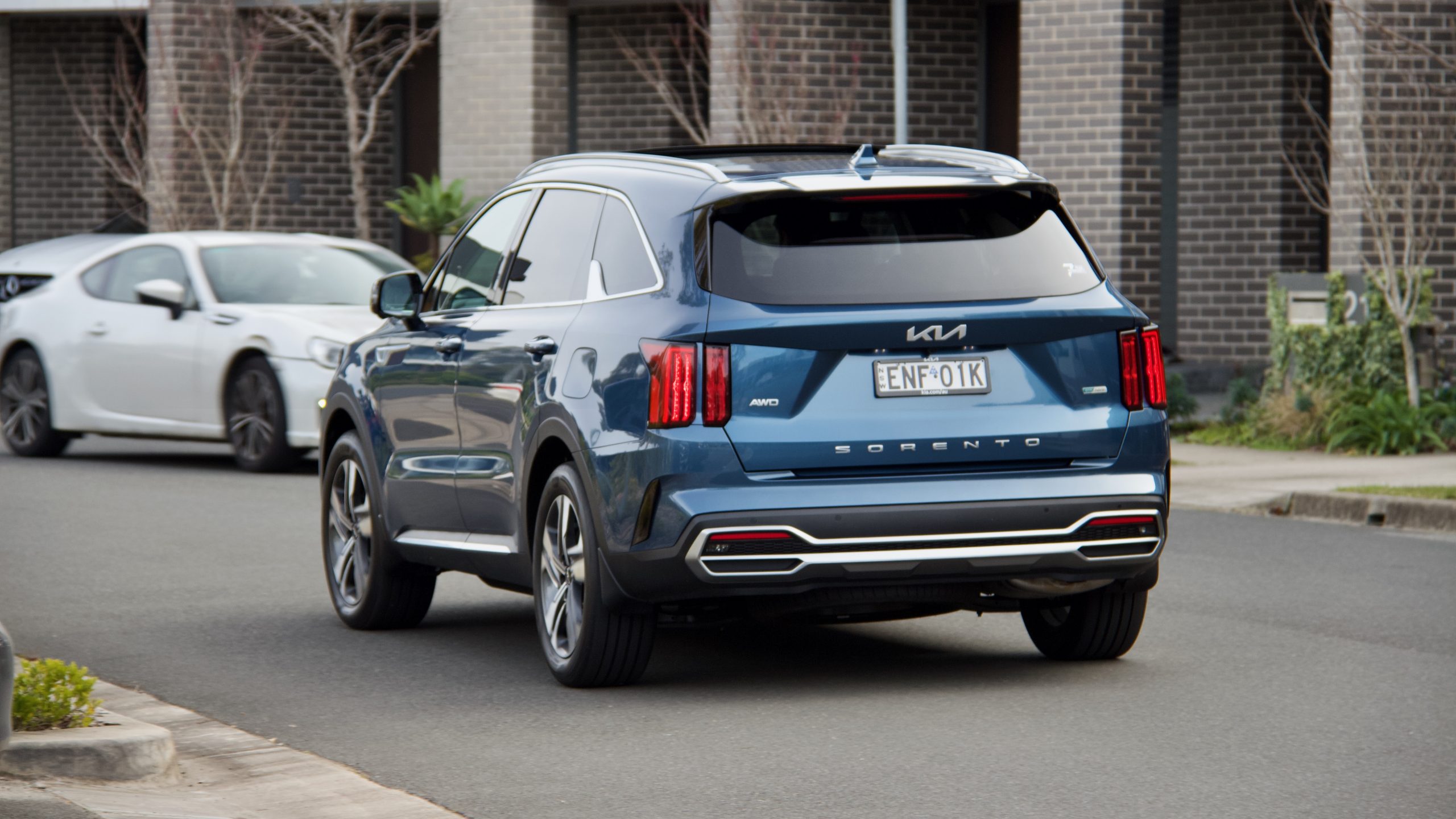
The claimed fuel consumption for the all-wheel drive 2022 Kia Sorento Hybrid GT-Line is 5.8L/100km and we achieved 6.5L/100km – 0.7L/100km off the claim, yes, but still quite respectable for a large two-tonne all-wheel drive SUV. It can run on 91RON regular unleaded fuel (unlike the Kluger Hybrid, which needs minimum 95RON premium unleaded) and has a 67-litre fuel tank, which will allow it to travel north of 1,000km on a tank based on our testing.
Ride & Handling: 8.5/10
The regular Kia Sorento range is one of our favourite large SUVs to drive thanks to its Australian-tuned suspension, excellent dynamics and great refinement and the Hybrid is a largely identical experience, save for one item: its firmer ride quality than the other Sorento models, despite having one-inch smaller wheels versus the petrol and diesel GT-Line. Because of its 40kg extra tare mass (1,948kg versus 1,908kg), the Sorento Hybrid feels slightly heavier to drive than the regular Sorento.
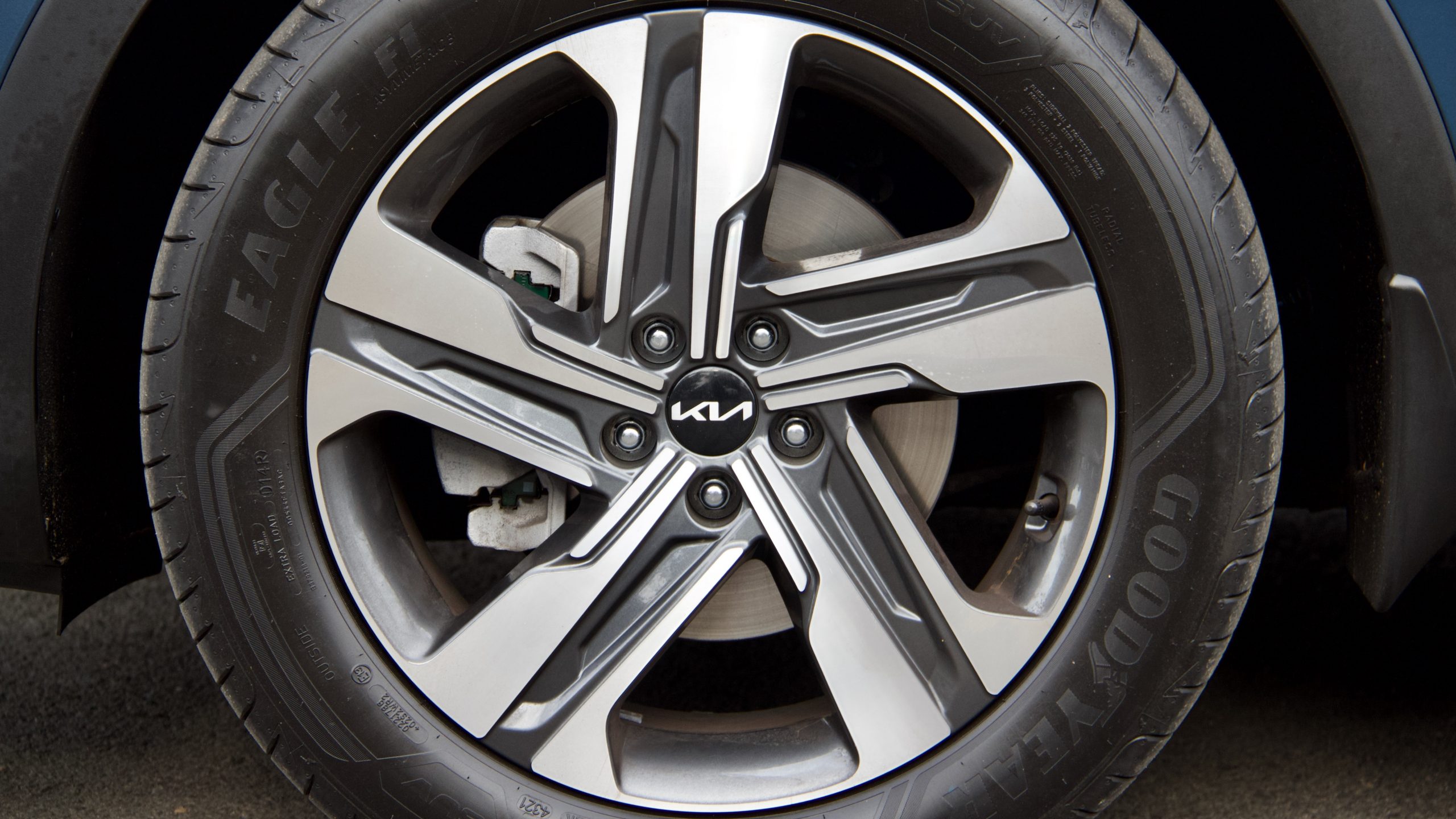

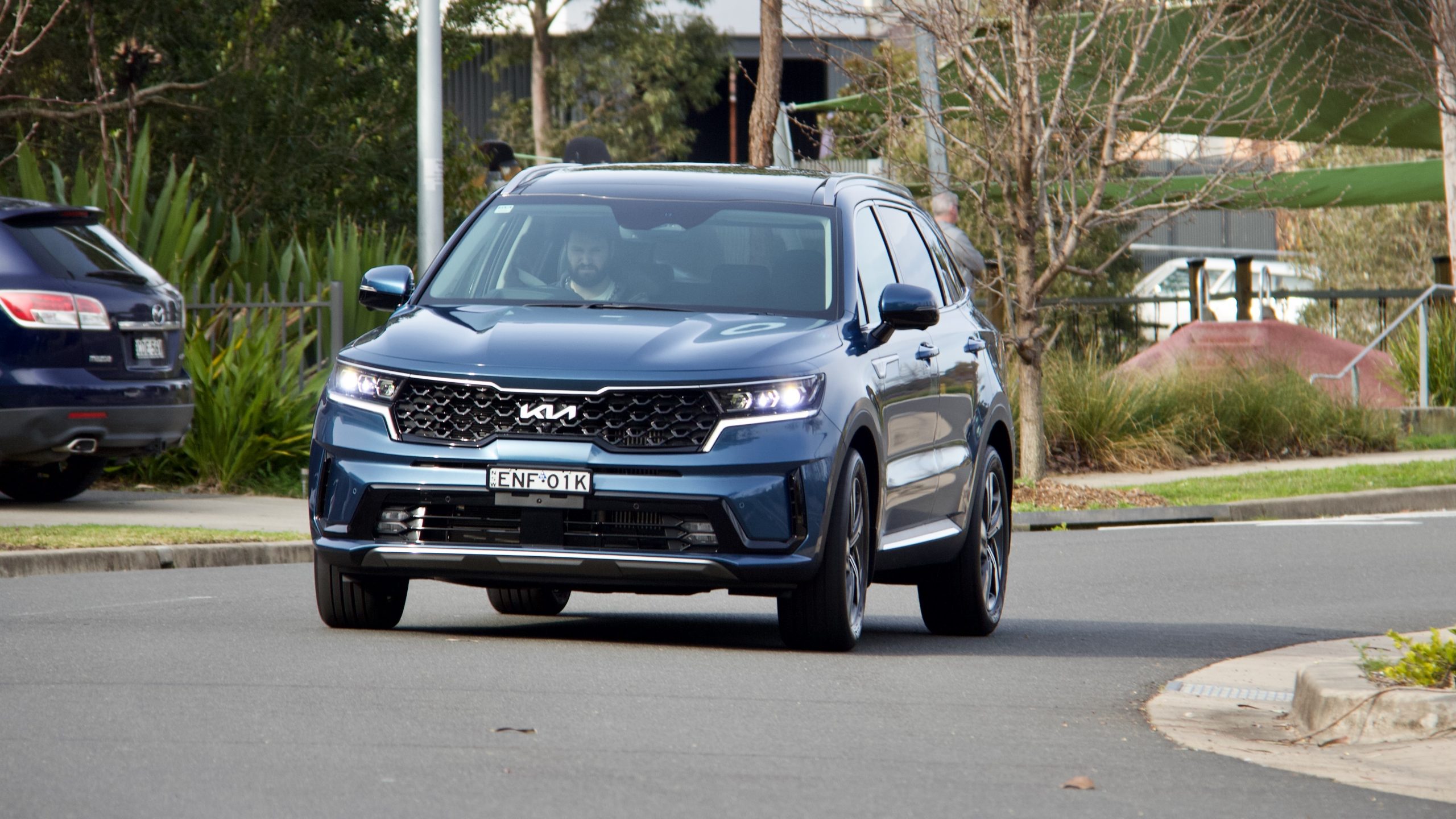
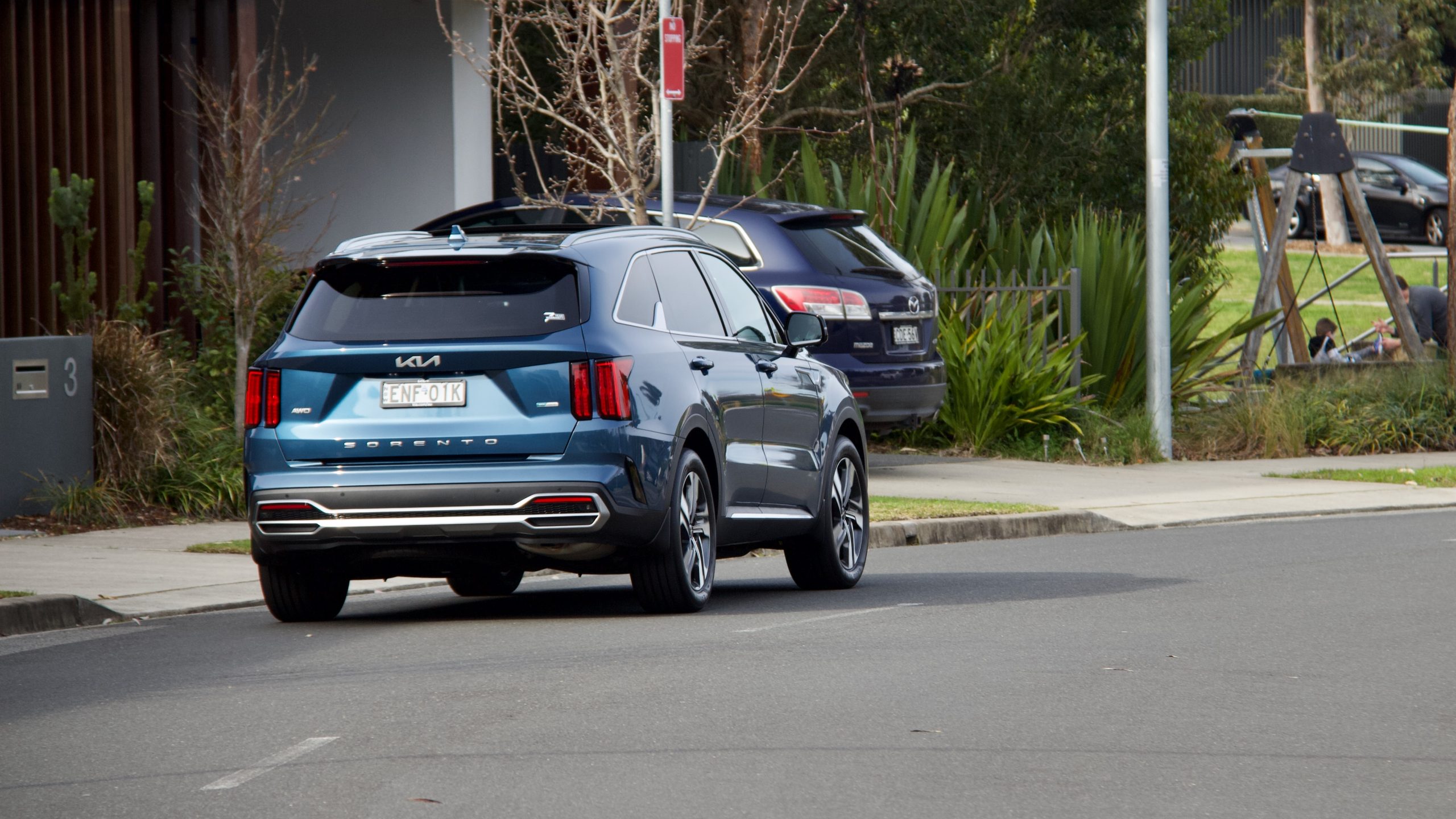
But despite that, it still feels lighter than the Kluger and it’s still pretty good to drive. The steering is light but quick enough, while its noise insulation is excellent as well. Those wanting to tow with their Sorento Hybrid can two a 1,650kg braked trailer – 350kg less than the Sorento petrol and diesel, as well as the Kluger Grande Hybrid. As with other Sorento models, the Hybrid’s active safety kit is excellently tuned.
Interior & Practicality: 9/10
Unlike the drivetrain, the interior of the 2022 Kia Sorento Hybrid GT-Line is identical to its diesel and petrol-powered siblings, save for the hybrid-specific menus in the infotainment system. This means that it’s high quality, quite practical and a generally classy place to spend time. Of particular highlight is the Nappa leather upholstery, which is soft and supple, while there are also many soft touch materials inside for a slightly greater level of ambience than the Kluger Grande Hybrid.
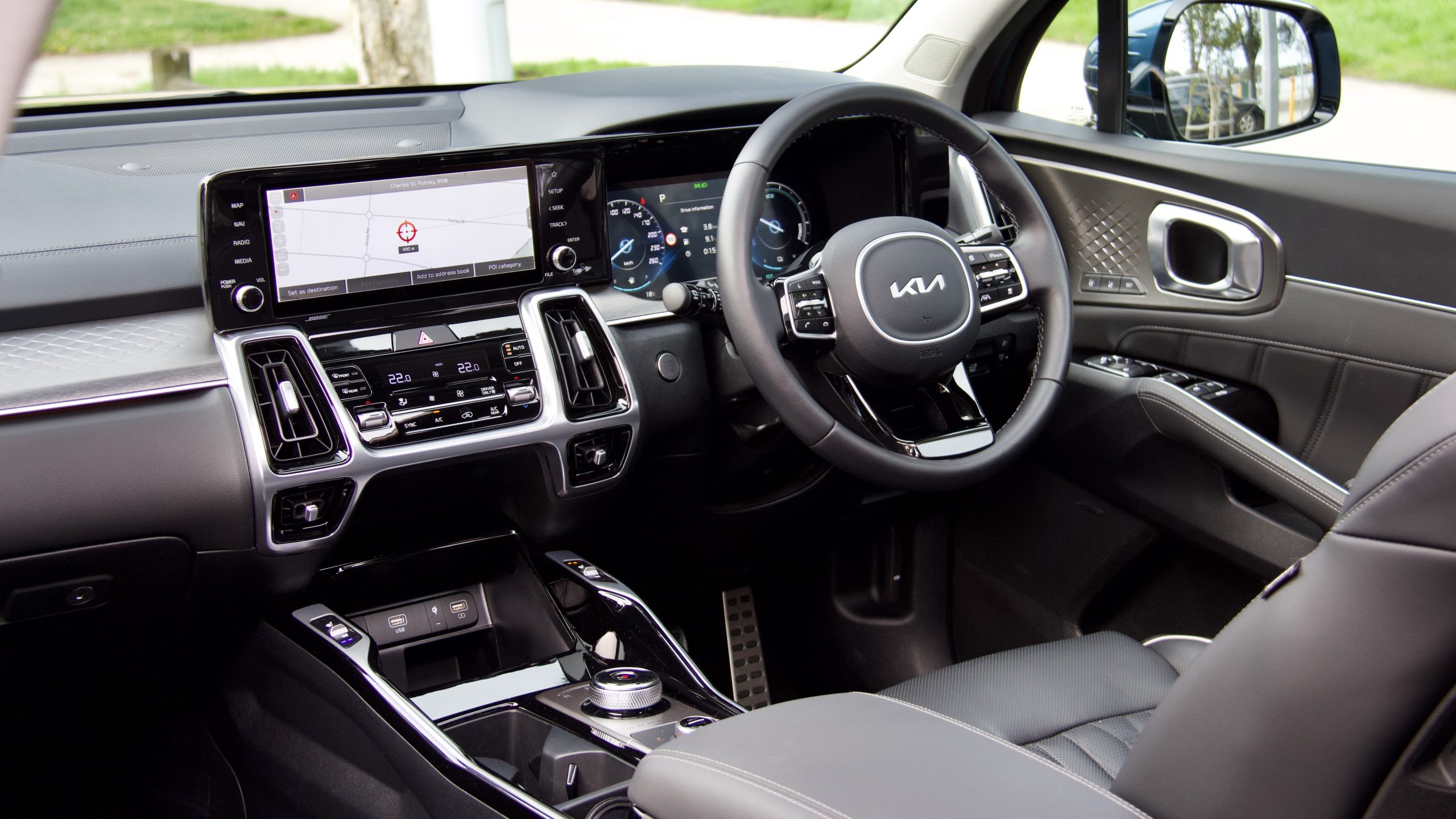
The cabin of the Sorento is also quite practical with a big glove box, a huge centre console with a variety of places to hide things, a wireless phone charger, a big box underneath the centre console lid and big door pockets as well. The driving position is great with lots of adjustment, while visibility isn’t too bad.
Centre of the Sorento’s interior is a 10.25-inch touchscreen that’s well featured with wired Apple CarPlay and Android Auto, satellite navigation with live traffic and digital radio. It’s used in a plethora of other Kia products and is very intuitive and easy to use with a logical layout and bright colouring. There are also three USB-A ports on the centre console. The 12-speaker Bose sound system is also largely excellent – we hope Kia uses more Bose systems in its products because the quality trounces its other sound systems.
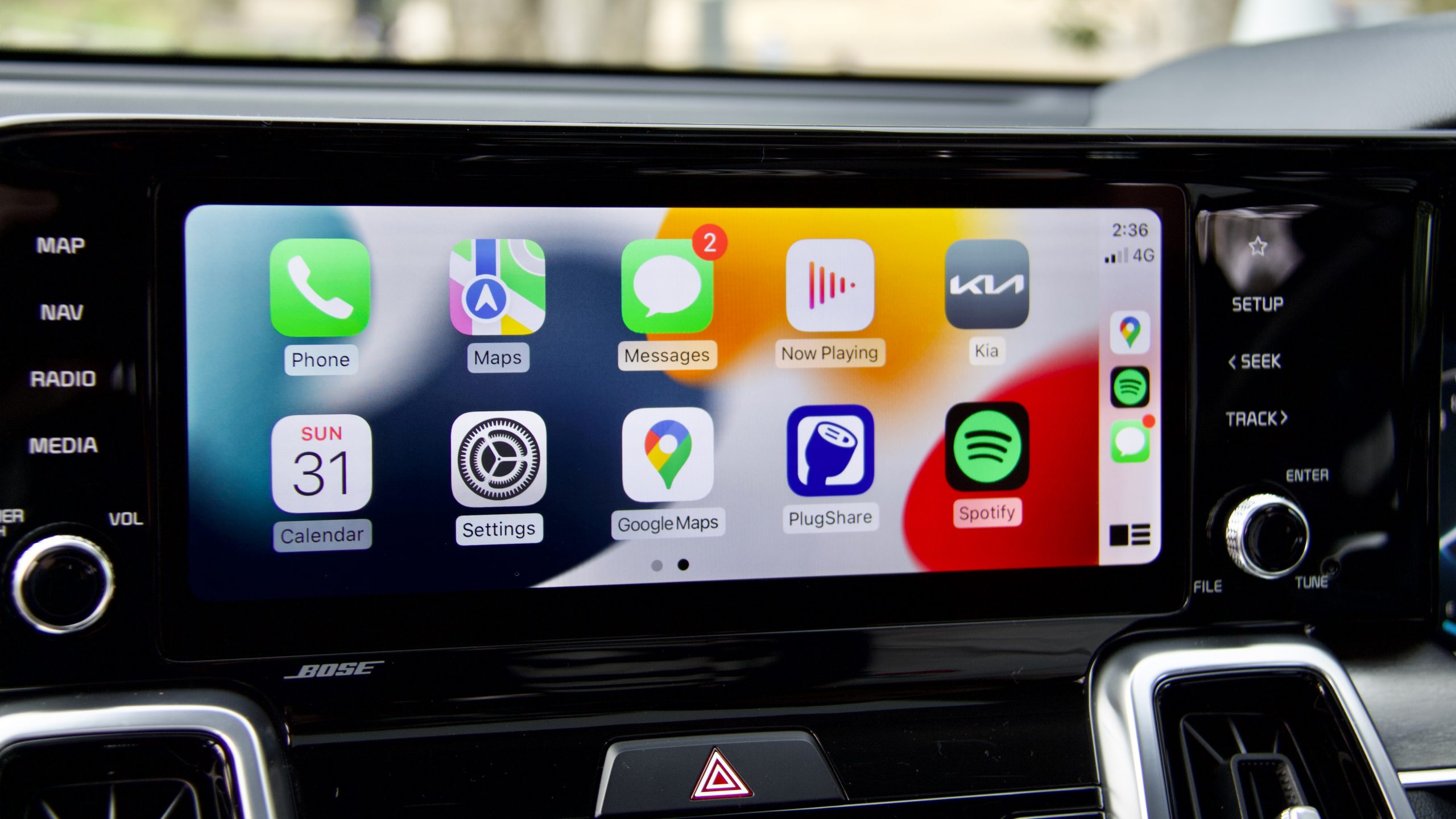
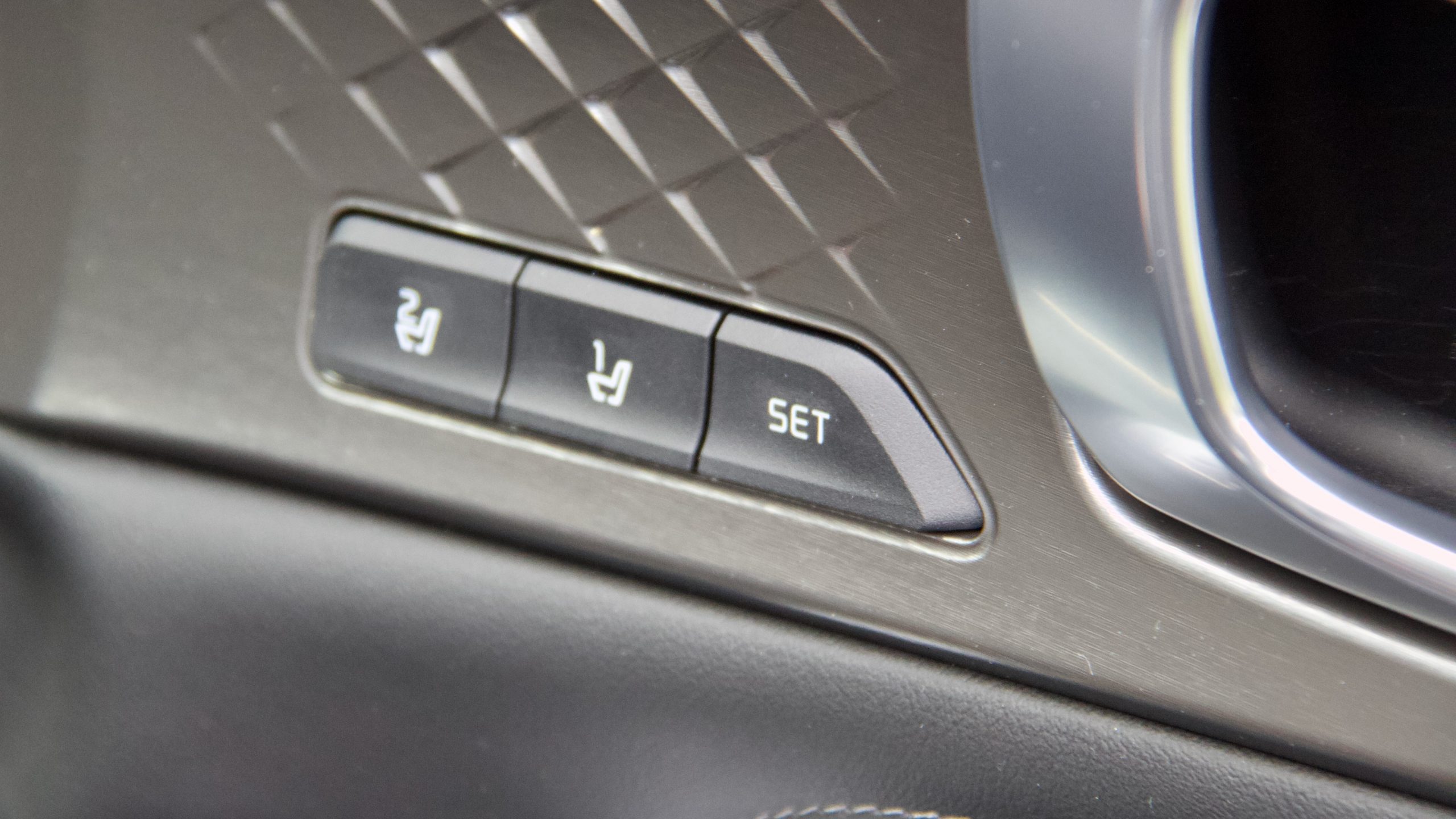
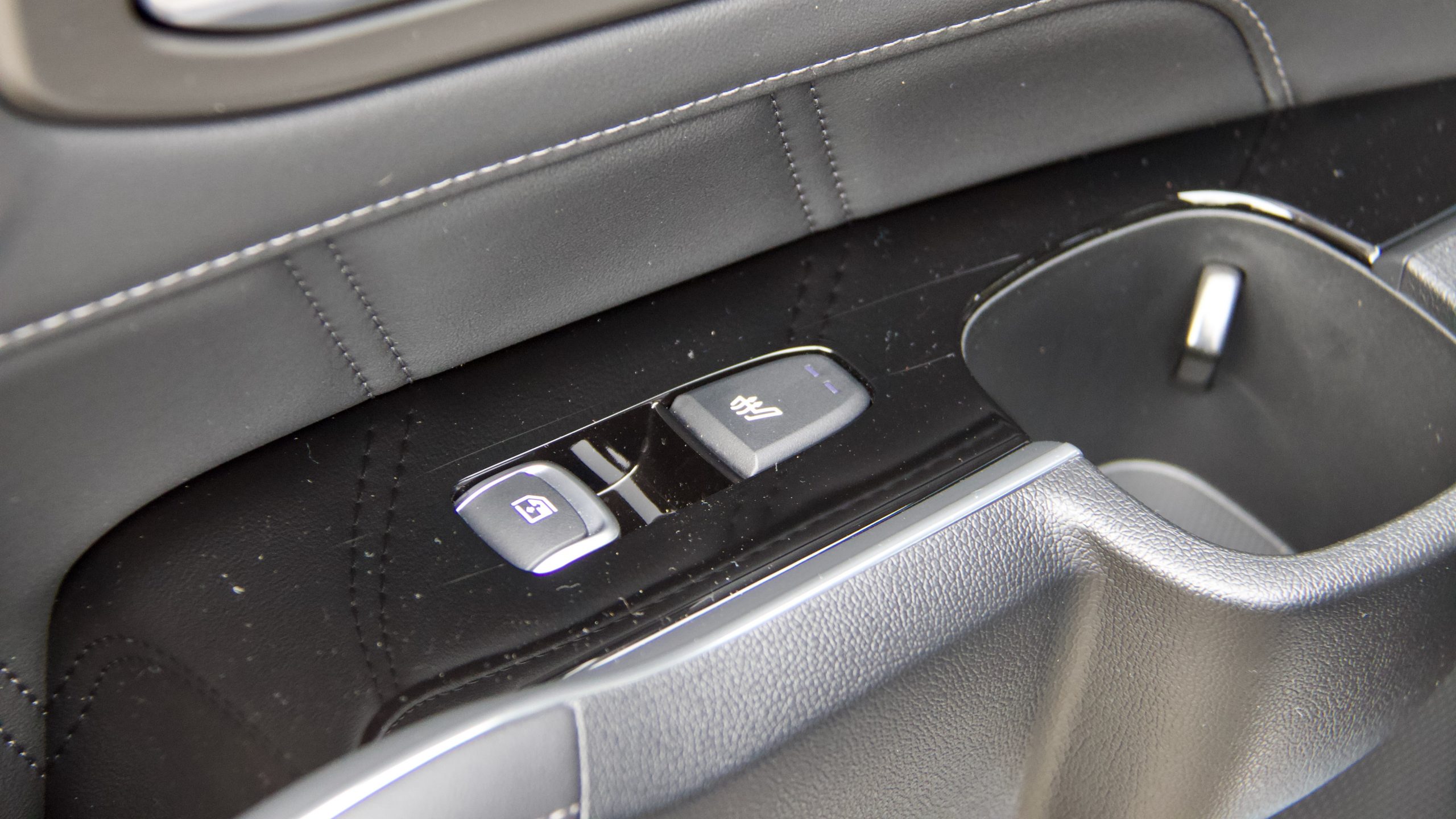
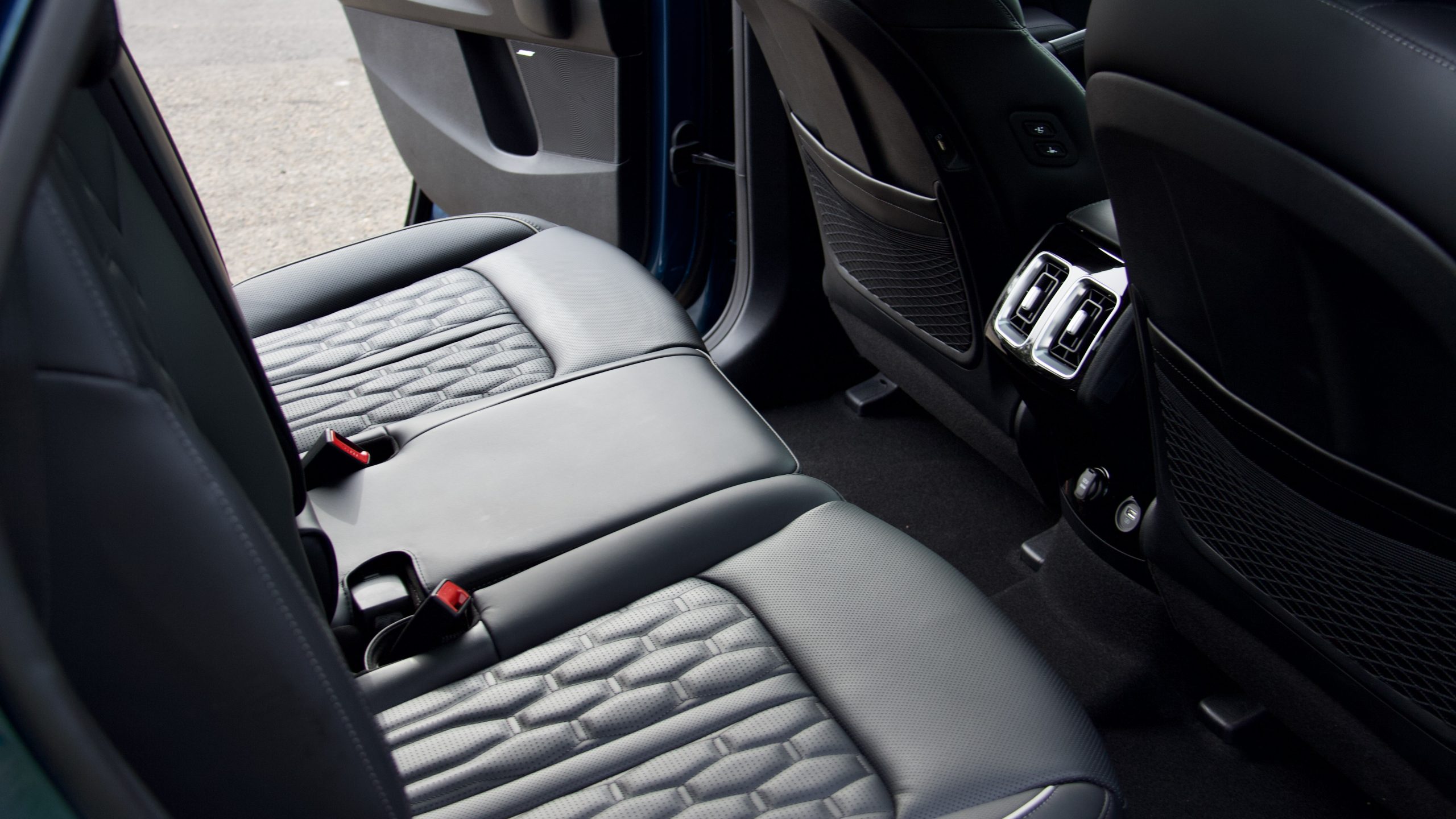
The middle row of the Sorento is excellent, with ample room in all directions even for taller folk, and a lot of features as well. There are map pockets, two bottle holders in each door, heated outboard seats, sunshades in the windows, two USB-C ports in the rear of the front seats, a 12V socket and USB-A port on the lower centre console and sliding and reclining functionality for the seats themselves. The seats also tilt forward for rear row access at the touch of a button.
The third row of the Sorento is less excellent than the middle row because of its limited space for adults, but for kids, it’s a good space. There is disappointingly no airbag coverage for the third row – as is the case with its Hyundai Santa Fe twin – but there are two USB ports, a fan speed controller with air vents, cup holders and storage. For those with baby car seats, the middle row has two ISOFIX points plus three top tether points and the rear has two top tether points.
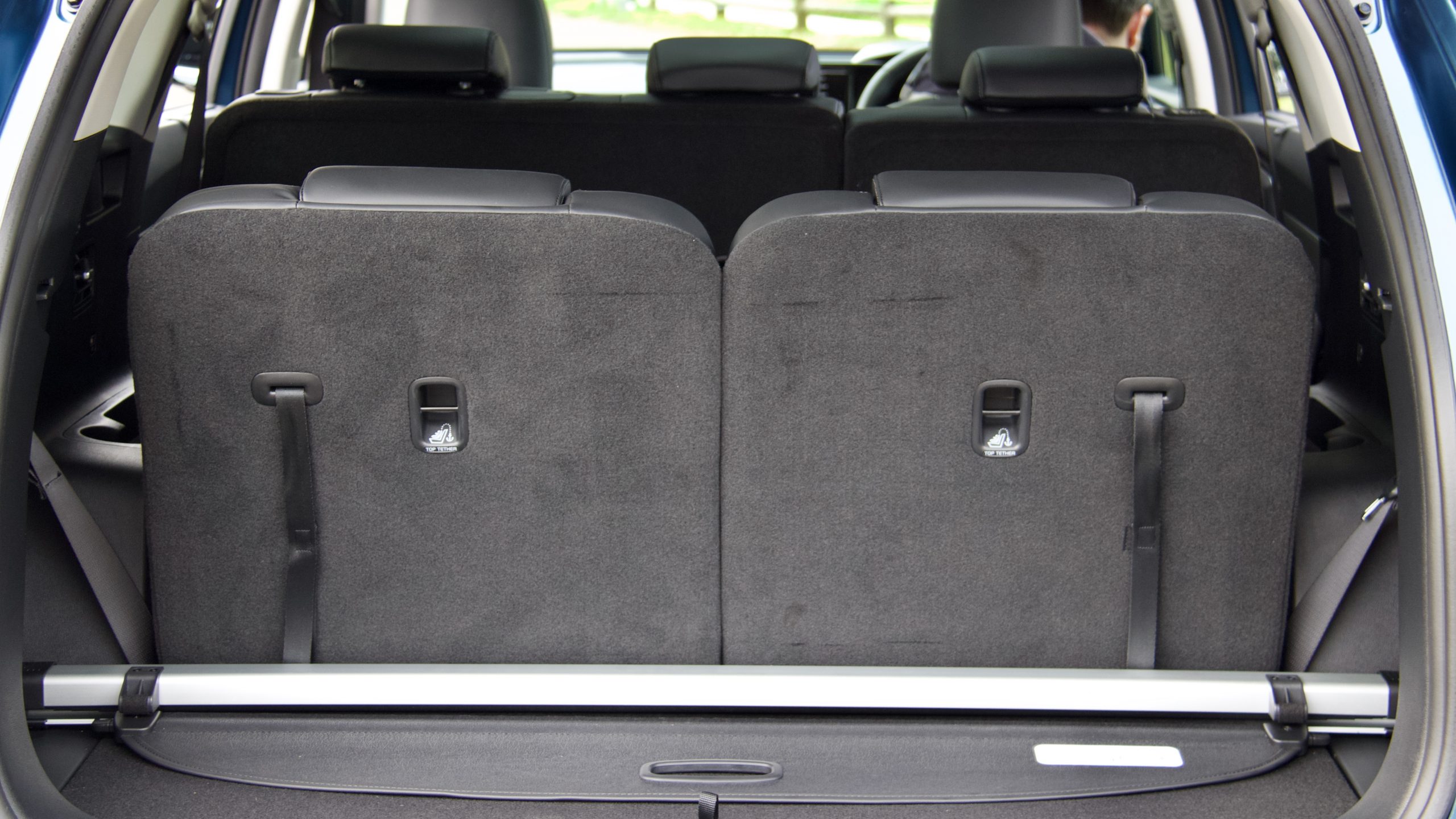
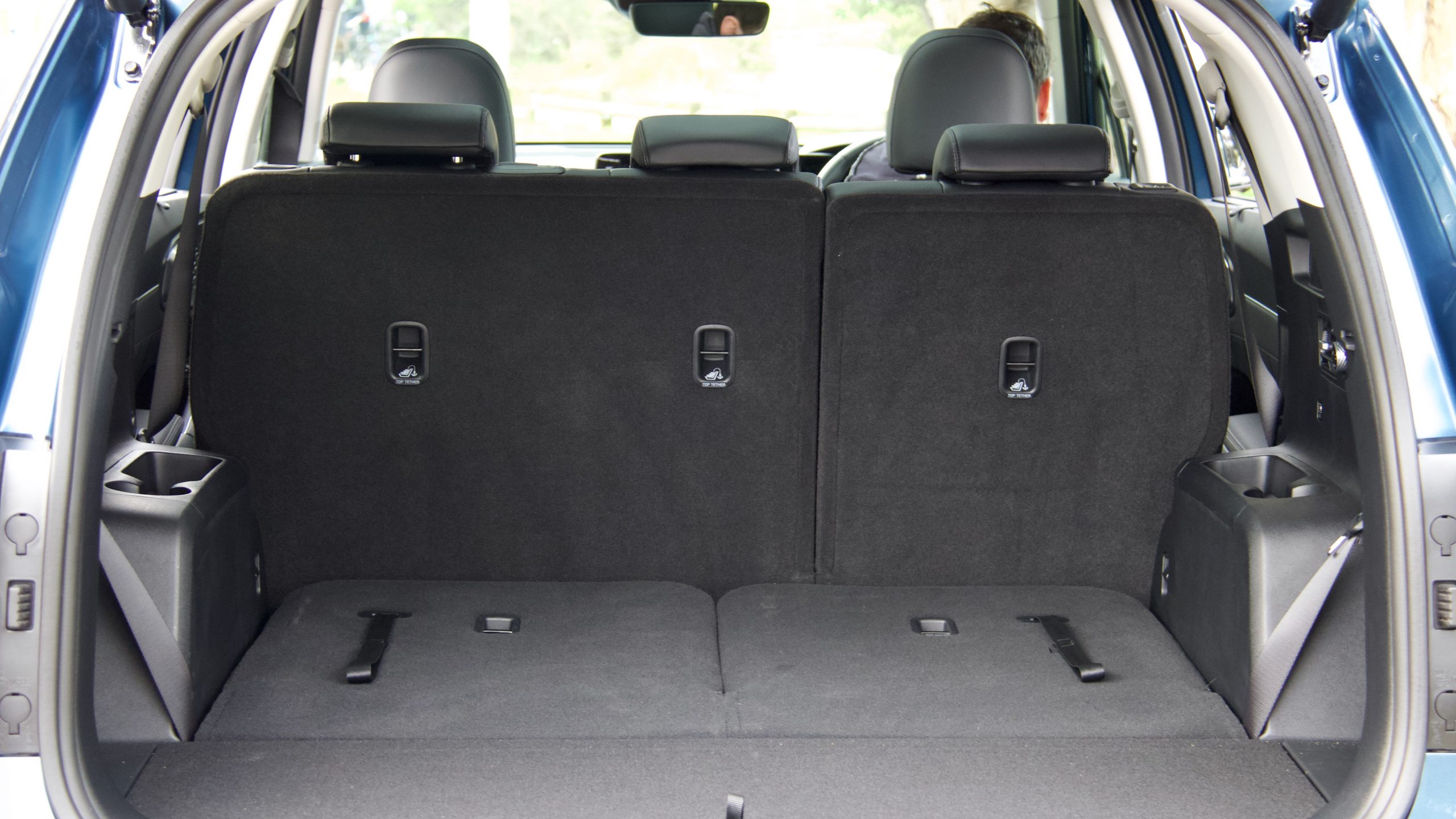
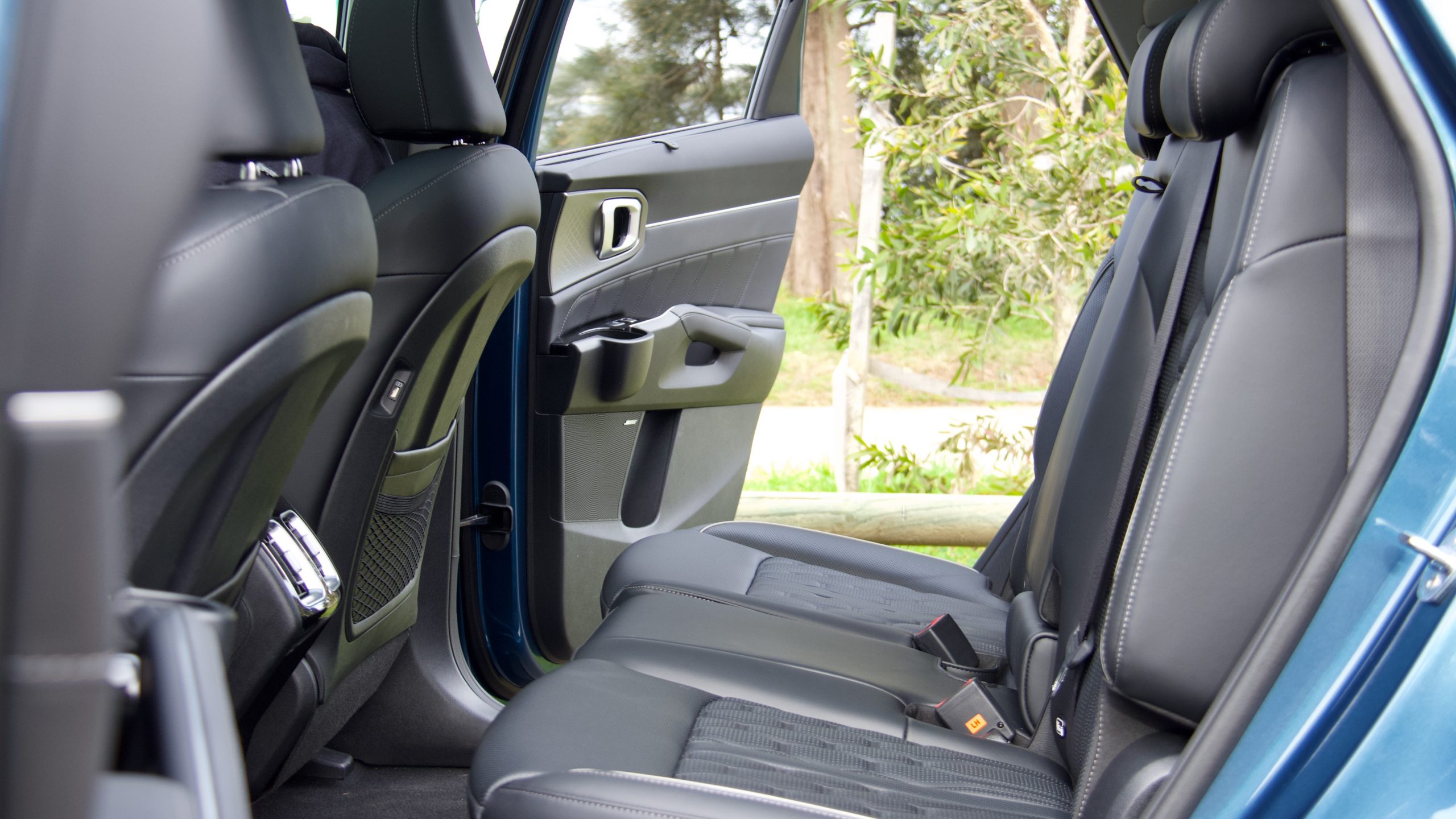
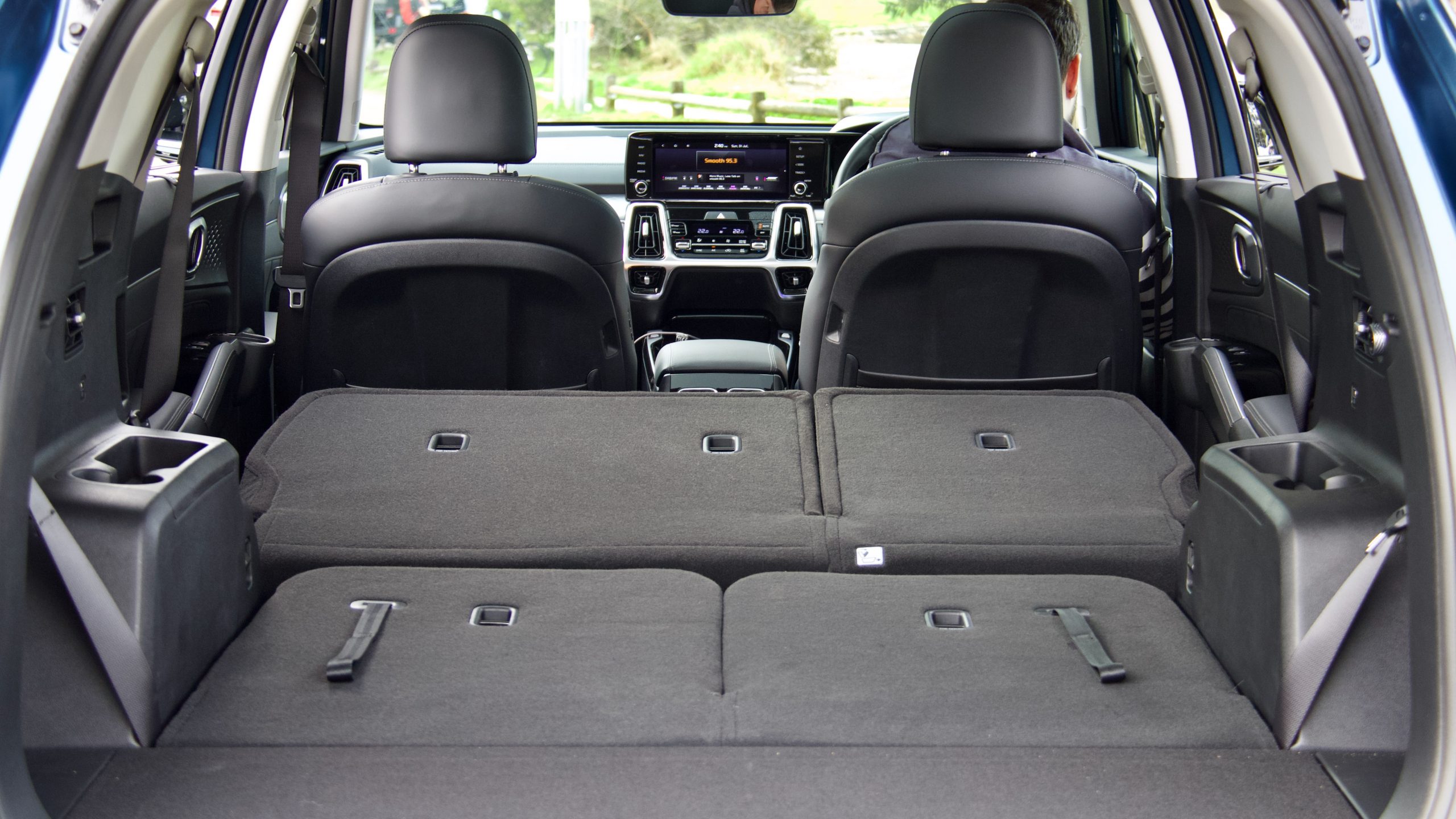
With all seats up, there’s 179-litres of space on offer – this expands to 609L with the third row dropped and a huge 1,966L with the second row dropped as well. Due to the hybrid drivetrain’s batteries, those figures are between five and eight litres smaller than other Sorento models – tiny in the grand scheme of things. The boot also has a few features such as under floor storage, a boot net, buttons to fold the second row of seats and a 12V power socket. The Sorento Hybrid GT-Line also has a full-size alloy spare wheel that’s mounted underneath the body.
Service & Warranty: 8/10
Like other new Kia models, the 2022 Kia Sorento Hybrid GT-Line has a seven-year/unlimited km warranty with up to eight years of roadside assistance if serviced by the logbook at Kia dealerships. The battery is covered for the same seven years, but up to a lesser 150,000km. Annoyingly, the hybrid’s service intervals are a short once-yearly/every 10,000km (whichever comes first) and five years of servicing costs an expensive $2,786 (or $557 per service).
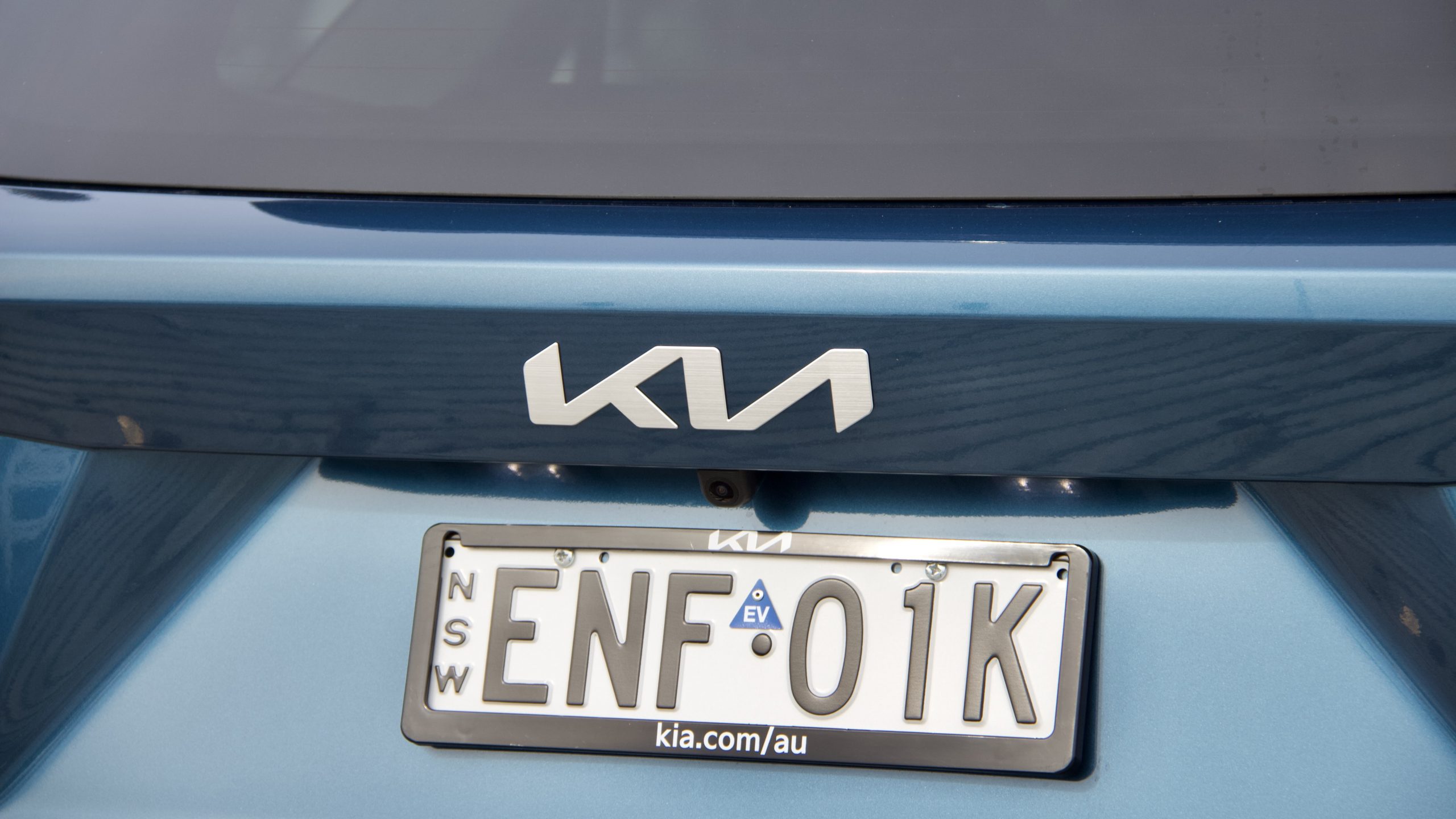
Over at rival Toyota, you get two years’ less warranty (five in total) and no roadside assistance at all on the Kluger Hybrid, but the mechanical warranty is extended to seven years in total if you service at a Toyota dealership and the Kluger’s service intervals are 5,000km longer at 15,000km. It’s also significantly less expensive to service at just $1,325 ($265 per service) – or less than half that of the Kia.
The 2022 Kia Sorento Hybrid GT-Line AWD DiscoverAuto Rating: 8.5/10
As we’ve found with other models, regardless of the drivetrain chosen – though please avoid the thirsty V6 – the Sorento is a great seven-seat large SUV and definitely one of the best on the market currently. It offers a lot to buyers, like a classy and practical interior, great dynamics, a long list of equipment and a wide range of drivetrains as well. Most of these positives apply to all Sorento models, so those choosing the base S shouldn’t feel shortchanged. So how about the new 2022 Kia Sorento Hybrid GT-Line?
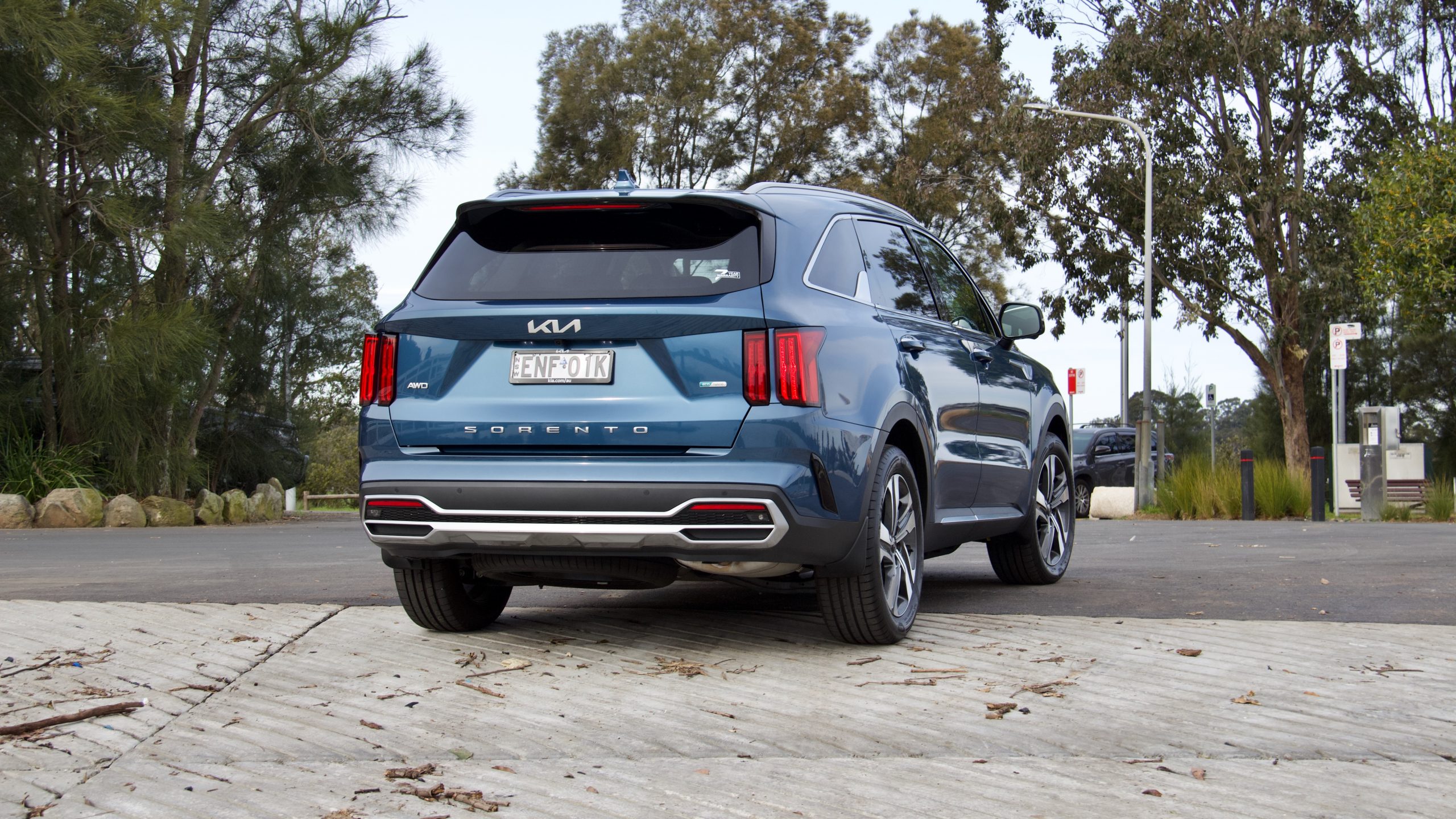
While the hybrid system isn’t quite as refined as Toyota’s, it’s still excellent and provides a long list of reasons to choose it: it’s gutsy, it has a regular transmission, it can run on regular unleaded and best of all, it’s quite efficient in everyday driving. Only its limited availability and price premium over the already efficient diesel would have us questioning purchasing one if we were in the market for a large SUV. But more choice in the hybrid SUV market is only a good thing – we hope more manufacturers follow soon.
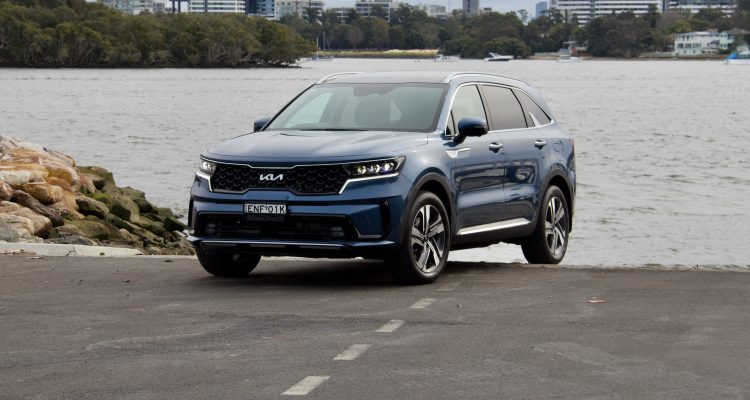
Leave a Reply